Fujinon XF 23mm F1.4 R LM WR Review
Dustin Abbott
August 15th, 2023
Fuji’s move to the 40MP resolution point on some of their higher end cameras has been pretty punishing on many of their existing lenses, but it also really makes it clear which lenses are exceptional. I reviewed one such lens earlier this year in the form of the XF 33mm F1.4 R LM WR, and immediately people began to tell me that I needed to try out the Fujinon XF 23mm F1.4 R LM WR as well, as it was even better. Well, they were right; this lens is awesome! It’s a clear and easy choice for those looking for a premium prime lens covering the classic 35mm angle of view (23mm is 34.5mm in full frame equivalence due to Fuji’s 1.5x crop factor). The XF 23mm has been out for roughly a year and a half now, but it feels like it was made for these new high resolution bodies. This is an easy lens to produce lovely photos with.
Fuji has opened up their platform to third party lenses, and there are a number of lenses that look pretty much identical on paper, but aren’t in practice. This includes a Tokina ATX-M 23mm F1.4 ($299 USD), Viltrox 23mm F1.4 ($299 USD, and the Sigma 23mm F1.4 DN that is rumored to soon be coming in Fuji X-mount ($549 USD). The Sigma, in many ways, will prove the most competitive (based on my findings with the Sony E-mount version), but I think there are still a number of ways where the Fuji XF 23mm F1.4 is operating on its own level. It’s got solid features, great autofocus, and gorgeous optics.
But that does come at a cost. The Fujifilm XF 23mm F1.4 R LM WR retails for $899, which means that you are going to pay for that goodness. If we were all made of money, we would all choose the absolute best gear regardless of cost, but in the real world the reality of a lens costing hundreds of dollars more than the competition is going to be a factor. My review will remember that tension that you, as the consumer, have to deal with as a part of my assessment.
So should you add one to your kit? We’ll try to answer that question in this review. If you would prefer to watch your reviews, you can choose watch my definitive video review below…or just keep reading.
Check me out on: My Patreon: | Google+: | Facebook: | Twitter: | Flickr: | 500px: | Sign Up for My Newsletter :
Follow Me @ YouTube | Patreon | Instagram | Facebook | DA Merchandise | Flickr | 500px
Thanks to Fujifilm Canada for loaning me the 23mm F1.4. I’ll be doing this review on my X-H2, which I reviewed here. As always, this is a completely independent review and my conclusions are my own.
Fuji XF 23mm Build and Handling
Fuji likes to essentially build the feature list of their lenses right into the name, so if you learn to “speak Fuji” you can quickly get a sense of what a lens does and does not have right from the name. In this case, the name includes R, LM, and WR, which is a robust feature set.
- R = Ring, or specifically an aperture ring.
- LM = Linear Motor, Fuji’s premium focus system
- WR = Weather Resistance
That adds up to a fairly premium lens despite the compact size of the lens. This lens is slightly larger and heavier than the previous generation 23mm F1.4, but the tradeoff is that it is better at everything. The Fuji XF 23mm F1.4 is pretty much identical to the 33mm F1.4, having very pleasing proportions that look very nice when mounted on the camera.
Now, to be fair, I tested both of these lenses on one of Fuji’s largest APS-C bodies – the X-H2, so if you are using one the very small bodies and want to travel as light as possible, there are smaller/lighter alternatives (the XF 23mm F2, for example). To me, however, this is a great size lens on the X-H2.
The dimensions of the XF 23mm F1.4 are 2.6 (D) x 3.1″ (L) / 67 x 77.8mm with a 58mm front filter thread size. The weight is a very moderate 13.2 oz or 375g. That makes the 23mm very slightly larger and heavier than the 33mm, but barely; it is just a few millimeters longer and about 5 grams heavier. As with the 33mm options, the two competing lenses from Viltrox and Tokina are identical in their own proportions and specifications. Both are 2.6 x 2.8″ (65 x 72mm) though the Viltrox weighs in at 260g while the Tokina is slightly heavier at 276g. But there’s more – they both have the same optical design (11 elements in 10 groups) and the same MFD (30cm) and maximum magnification (0.10x). Same filter thread size (52mm) and same number of aperture blades (9). That’s weirdly similar. The Sigma (in Sony form) is more unique at 65.8 x 79.2mm and 330g in weight, making it the most similar to the Fuji. Here’s a look at a comparison chart between the for lenses:
Bottom line is that while the Fuji is the heaviest of this group, it is also the best made, has full weather sealing, and has a slightly larger/more robust linear focus motor. The weight is still very light and I found the camera and lens effortless to carry around even without a strap for hours while exploring the Notre Dame campus in South Bend, Indiana.
The aperture ring is the Fuji standard. It moves nicely with defined detents at the one third stop marks and with markings at the full stops (F1.4. F2, F2.8, etc…). Rotate the lens all the way to the right and click the little button on the ring if you want to move into A (automatic) mode and control aperture from within the camera.
The manual focus ring works fairly well. I could focus with fairly good precision and didn’t notice visible stepping despite being a focus by wire system.
The Fuji XF 23mm is a very nicely made lens despite its light weight. It feels very “metal” and dense. The lens has a classic semi-glass black finish to it and is completed with thorough weather sealing (as already noted) that has a rear gasket and internal seals.
The included lens hood is is made of plastic but feels more substantial than the one on the 33mm that I tested.
There are no switches on the barrel, as AF/MF is handled via a lever/button on Fuji camera bodies. But many other lensmakers are including things like a focus hold button and/or declick option in lenses in this price zone, and it feels like the standard has been raised and Fuji isn’t quite meeting it. There is also no lens based optical stabilization. I used the X-H2 for this review, which has good in-camera-image-stabilization, so I didn’t actually miss it, but if you are shooting with an older camera, you might.
There are nine rounded aperture blades and I felt like the aperture did quite a good job of retaining a circular shape when stopped down. Here’s a look at the geometry at F1.4, F2, and F2.8:
There is significant lag in the aperture when trying to do aperture racking for video (already difficult because of the clicks) along with visible “steps”. There will be no smooth opening and closing of aperture for an aperture rack.
The minimum focus distance is 19cm, which allows for a reasonably high 0.20x, which is the best amongst these competing lenses (Viltrox and Tokina have 0.10x and the Sigma has about 0.14x). Here’s a look at MFD:
Up close performance is good, and this real world shot shows both the magnification level and the detail available.
Contrast certainly isn’t at macro level, but there’s enough detail there to make up close shots with strongly blurred backgrounds a definite strength.
Overall, the build and features of the lens are very nice, and, as noted in the intro, the compact nature of the lens makes it easy to bring along.
Fujinon XF 23mm Autofocus Performance
The Fujinon XF 23mm F1.4 Macro is equipped with a linear focus motor, and that motor does the job of moving focus quickly and smoothly. It was also very accurate on my X-H2, which gave me more confidence using it than I typically feel when using Fuji. I really felt like I could rely on getting accurate autofocus in a wide variety of situations. I was a guest at a wedding, and when the bride and groom came through the door I only had a quick moment to turn and take a shot. They were backlit, there were about 10 rows of people between me and them, and I shot at F1.4. Autofocus was accurate despite all these factors.
General portrait work was very good, with consistently accurate focus.
Autofocus up close was good as well, allowing for lovely close shots:
Focus was quiet and quick, allowing me to grab shots even during action, like on the golf course.
As odd as it may seem, I was also relieved to see good focus at smaller apertures, like for landscapes or architecture. Sometimes lenses focus fine at wide apertures, but not at smaller apertures.
The XF 23mm F1.4 was also quite good for video work, though I continue to see a few Fuji quirks. Focus pulls were good, with no visible steps. Focus breathing is extremely low, which helps focus transitions look very smooth. But on the negative side, touching a new focus area on the screen doesn’t always produce a reaction, or sometimes the move to focus to a new area is delayed. I think that is largely on Fuji’s focus system and touchscreens, which just aren’t as responsive as some competing brands, but there is clearly the potential in the lens for strong performance for video.
When doing my hand test (blocking focus on my face with my hand and then removing it to allow focus to return to the eye), I saw mixed results. The problem was never focus on my face, but rather sometimes the focus system didn’t move to my hand. It would focus on the background beyond me instead. Bottom line: there’s still room for improvement on the video AF front for Fuji, but I actually don’t think that the lens is the problem.
Autofocus was definitely better than average, however, so I’m satisfied. Most of the time focus very – ahem – sweet:
This is the kind of lens I would want to have on my Fuji camera in critical focus situations.
Fuji XF 23mm Image Quality Breakdown
The Fuji XF 23mm has a complex optical formula of 15 elements in 10 groups, which includes 2 aspherical and 3 ED elements – essentially an identical optical design to the 33mm. The MTF chart shows very sharp center performance, a dip in the midframe, and then a minor correction where the edges of the frame are slightly sharper.
It’s worth noting that Fuji displays their MTF charts at higher values than usual. Most MTF charts use 10 and 30 lines/mm, but Fuji shows their MTF charts at 15 and 45 lines/mm. That’s actually useful since the release of their 40MP sensors, as the more demanding MTF chart (at 45 l/mm) is a more accurate representation of how lenses will perform on a high resolution body. As noted in the intro, I feel like the XF 23mm F1.4 has joined a very short list of lenses that I feel really thrive on the 40MP cameras.
Fuji’s correction profiles are typically quite good, but I’ll turn them off to take a look at the actual lens performance when it comes to vignette and distortion.
We can see that there is some barrel distortion and fairly heavy vignette present. If I do a manual correction I find that the distortion pattern is quite linear and is corrected with a value +13. The vignette is heavy, requiring a +81 to clear it up (about 3 stops). The correction profile does all of this easily either in camera for JPEG/Video or in software for RAW files.
Nothing too troubling here. How about chromatic aberrations? First of all, nothing jumped out at me in real world testing. When I went looking for longitudinal chromatic aberrations, I really could not find much of anything. Bokeh highlights were neutral, and there was little fringing to be seen. In this shot I don’t see any fringing either in the crystals or in the bokeh highlights beyond.
I saw next to no lateral chromatic aberrations near the edge of the frame either on my chart in on bare branches in real world shots, so nothing to worry about on that front.
Here’s a look at my test chart that the crops came from (40MP images from the X-H2):
Here’s a look at F1.4 crops (about 175% magnification) from the center, mid-frame, and corner:
The XF 23mm F1.4 has more consistent sharpness, contrast, and detail across the frame than the 33mm did, making it one the sharpest Fuji prime lenses that I’ve yet tested. The results look very much like a good lens on one of the full frame platforms that I test, which is, frankly, very unusual on APS-C. I was very pleased to get high contrast, detailed results even at F1.4:
That’s very big deal when you are talking about this level of resolution. A full frame camera would have to be roughly 91MP to have a similar level of pixel density, so the XF 23mm F1.4 is being held to a higher standard in these tests than on any other platforms, and the fact that a compact lens is succeeding so well under these demands is very impressive. Don’t expect anywhere near this level of performance from the Viltrox or Tokina 23mm F1.4 lenses. I don’t have either of them on hand to compare to, but when I looked back on my review of the Viltrox, it didn’t deliver as good of results on Sony even though I tested it on just an 18MP resolution point. The Sigma will likely be the strongest competitor based on my Sony E-mount test, and I’ll revisit this comparison when I do a review on X-mount.
Even a mild stop down to F1.8 produces improved contrast across the frame and brighter corners.
Stopping the lens down to F2 adds a bit more contrast in the mid-frame and corner, with the center mostly staying the same. Stopping on down to F2.8 improves contrast and clarity to fantastic levels across the frame.
Real world images in this range are crisp and detailed all across the frame (this shot at F2.8):
The importance of this cannot be overstated, particularly if you are looking for lenses that are a good match for a high resolution body. Diffraction comes early on high resolution cameras, so being able to get your best results at wider apertures is really important. High resolution bodies also tend to be noisier at high ISO values, so the ability to get crisp results at large apertures allows one to keep the ISO down in lower light situations and get clean results. The XF 23mm F1.4 is one of the best pairings for Fuji’s 40MP sensors that I’ve yet reviewed.
At landscape apertures there is plenty of detail across the frame. Couple that with Fuji’s excellent color rendition, and you have a lens very well suited for landscape work:
Diffraction sets in pretty early on my X-H2, so by F8 images are starting to soften slightly, and by F16 the effect is very pronounced. On the new higher resolution bodies with the 40MP sensor, I would try to stay at F8 or larger as much as possible.
The 23mm is clearly sharper than the 33mm, but I would give the edge to the 33mm for the quality of the bokeh. It’s not unusual for the lens with wider focal lengths to be less “creamy” in the bokeh region than longer focal lengths. This shot of the morning dew shows what I would consider the biggest “bokeh issue” for the lens – it has more outlining than what I would like to see.
When you arrived at strongly defocused backgrounds (look at the upper portion of the image below), the bokeh looks quite good. But in the early transition to defocus there are still some harder edges.
You can see it here in this shot of votive candles: the defocused region is only okay, certainly not exceptional.
One final image to illustrate the point – this shot of an ornate stair rail shows a lot of outlined circles in the defocused regions; you certainly couldn’t classify it as “soft”.
This is often the Achille’s heel for very sharp, high contrast lenses. It’s hard to turn that contrast off in the defocused area. It’s a rare lens that can combine both intense contrast and sharpness with very soft and creamy defocused areas, so often lens designers have to look for some compromise between the two. The XF 23mm F1.4 is biased towards the sharpness side of the equation.
This isn’t to say the bokeh is bad (it’s not), but it’s just a little busier than I personally would like. When at its best the XF 23mm F1.4 delivers images that have great detail on the subject and fairly nice rendering in the background.
This image is a good segway into a discussion of flare resistance. You can see from the upper right portion of the image above that there was bright sunlight coming into the frame, and yet contrast has held up. There’s a hint of an artistic veiling effect that shows up a little more strongly in this image here:
I’m actually very partial to this effect, as it can add an artistic effect to images. In fact, one of my favorite images from the wedding I (casually) shot with this lens was this “getaway” image of the bride and groom where I intentionally got low to get some flare effectives in the image. Contrast is strong in the image, but there is a very nice sunstar effect. There is a moderate ghosting artifact near the bottom of the frame, but nothing too heinous.
I was very pleased with the look of the sunbursts from the lens. They are nicely defined with blades that end in points.
Color rendition is typically a strength for Fuji glass, and I think that’s true here. Color are rich, nicely saturated, and images have a pleasing “pop” to them.
Here’s another shot of an interior space that shows nice color rendition.
Skin tones were also very nice. I would consider this a great option for wedding photographers for a lot of the reasons I’ve already mentioned.
Like the 33mm, this is a lens that I would personally enjoy owning. I don’t love the bokeh, but it does pretty much everything else very well. Check out the image gallery here to see more of those images for yourself and to draw your own conclusions from them.
Conclusion
Fuji’s transition to the very high resolution point on some of their recent cameras has prompted my own move to the X-H2 as my Fuji camera and test body. I’ve quickly discovered that a 40MP APS-C sensor really changes the calculus of what lenses are going to be acceptable to someone who looks critically at lenses for a living. I’ve been left disappointed by a number of lenses that just don’t seem to ever get quite sharp enough to resolve this sensor, so a lens like the Fujinon XF 23mm F1.4 R LM WR is a breath of fresh air. It makes my X-H2 essentially the equivalent of a full frame camera, with great detail and autofocus, but with a smaller, lighter form factor than what most full frame lenses can compare to. I love my Sony FE 35mm F1.4 G Master lens, and have marveled at how compact it is (for what it is), but there’s no arguing the fact that it is 50% bigger and heavier than this XF 23mm F1.4. That is the (potential) advantage of APS-C, and it is nice to see it realized here.
A lens like this is a great option in lower light or at night, as you can shoot with confidence at large apertures and still get crisp, detailed results.
Autofocus performance was also a clear cut above older Fuji lenses, and, while Fuji still has a ways to go to quite match what Sony and Canon are doing, the gap seems to be closing a bit. If you have purchased or are considering purchasing an X-H2 or X-T5 (or some future body with the 40MP sensor), then I can recommend the XF 23mm F1.4 to the short list of lenses that have high enough performance to thrive on that platform. At the same time, the price tag of $899 USD is not cheap, so a lens like the Sigma 23mm F1.4 DN might become the next best thing if you can’t afford the Fuji. I can also say, with confidence, that the Fujinon XF 23mm F1.4 R LM WR is the best lens you can get at this focal length in X-mount.
Pros:
- Well made lens in a compact package
- Good build and weather sealing
- Linear motor is quiet and fast
- Good stickiness on eyes during focus
- Focus pulls are smoothly damped
- Very low focus breathing
- Good sharpness across the frame from F1.4 on
- Low levels of chromatic aberrations
- Beautiful color rendition
Cons:
-
- No declick option or physical controls other than aperture ring
- Bokeh has some outlining
- Vignette fairly heavy
Gear Used:
Purchase the Fujinon XF 23mm F1.4 @ B&H Photo | Adorama | Amazon | Camera Canada | Amazon Canada | Amazon UK | Amazon Germany
Purchase the Fujinon XF 33mm F1.4 @ B&H Photo | Adorama | Amazon | Camera Canada | Amazon Canada | Amazon UK | Amazon Germany
Purchase the Fujifilm X-H2 @ B&H Photo | Adorama | Amazon | Camera Canada | Amazon Canada | Amazon UK | Amazon Germany
Purchase the Fujifilm X-T5 @ B&H Photo | Amazon | Camera Canada | Amazon Canada | Amazon UK | Find it Used at KEH
Purchase the Fujifilm X-S20 @ B&H Photo | Adorama | Amazon | Camera Canada | Amazon Canada | Amazon UK | Amazon Germany | Ebay
Want to support this channel? Use these affiliate links to shop at: B&H Photo | Amazon | Adorama | Camera Canada | Amazon Canada | Amazon UK | Ebay | Make a donation via Paypal
Buy DA Merchandise https://bit.ly/TWIMerch
Keywords: 23mm, 23mm F1.4, XF 23mm F1.4, Fuji, Fuji 23mm Review, Fujinon XF 23mm F1.4 Review, LM, WR, R, 33mm, 33, 1.4, F1.4, F/1.4, Fujinon, Fujifilm, X-H2, FujiFILM X-H2, X-H2 Review, X-T5, Fuji X-H2, Fuji X-H2 Review, Fujinon, Dustin Abbott, Review, Sensor, Tracking, IBIS, Stabilization, Eye AF, Viltrox, XF, Review, Hands On, Video Test, Sharpness, High ISO, Autofocus, Dynamic Range, 40MP, 40 MP, Lens, Comparison, Test, Dustinabbott.net, APS-C, X-Trans, letthelightin, DA, #letthelightin, #fuji
DISCLAIMER: This article and description contains affiliate links, which means that if you click on one of the product links, I’ll receive a small commission. As an Amazon Associate I earn from qualifying purchases.










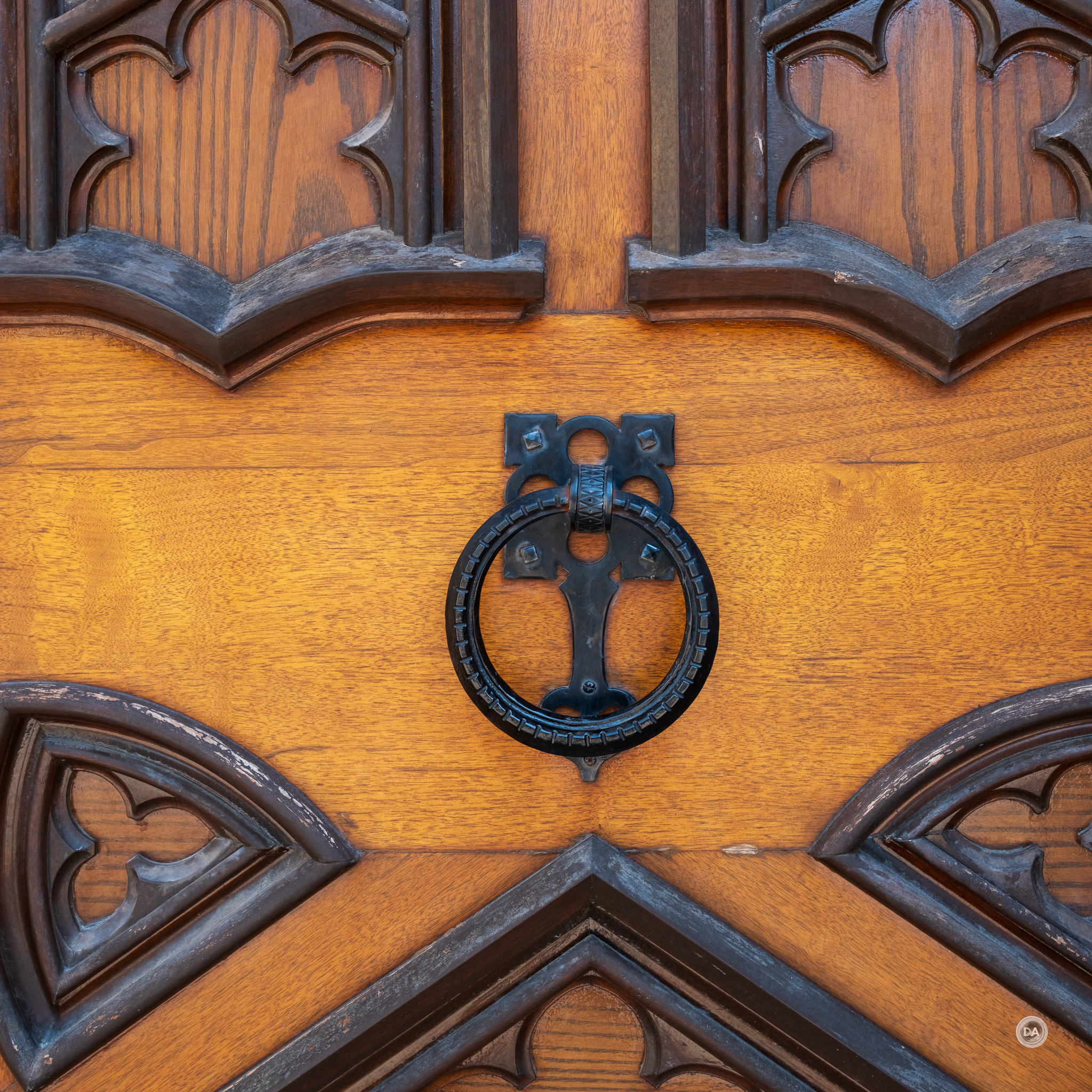
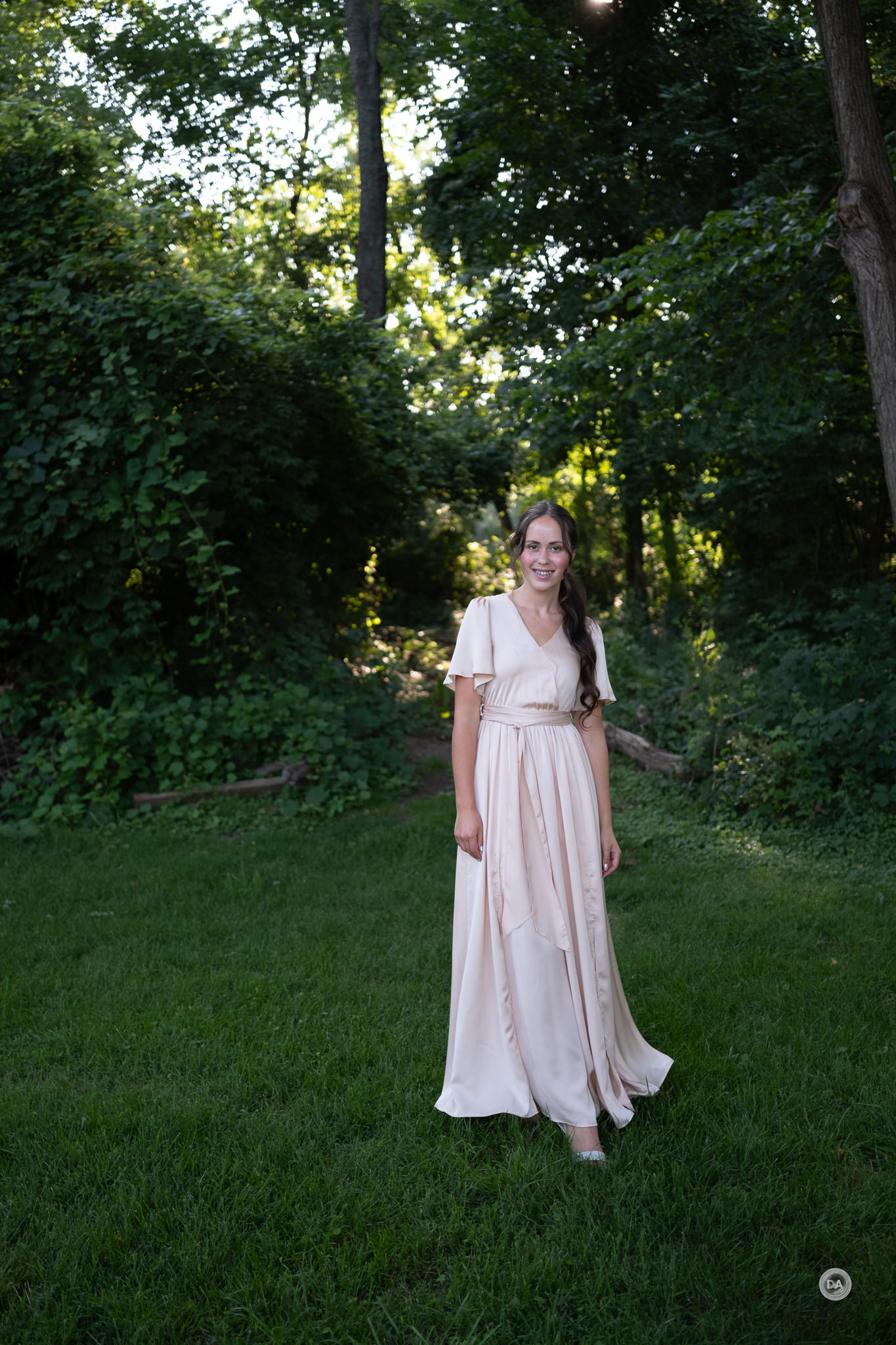
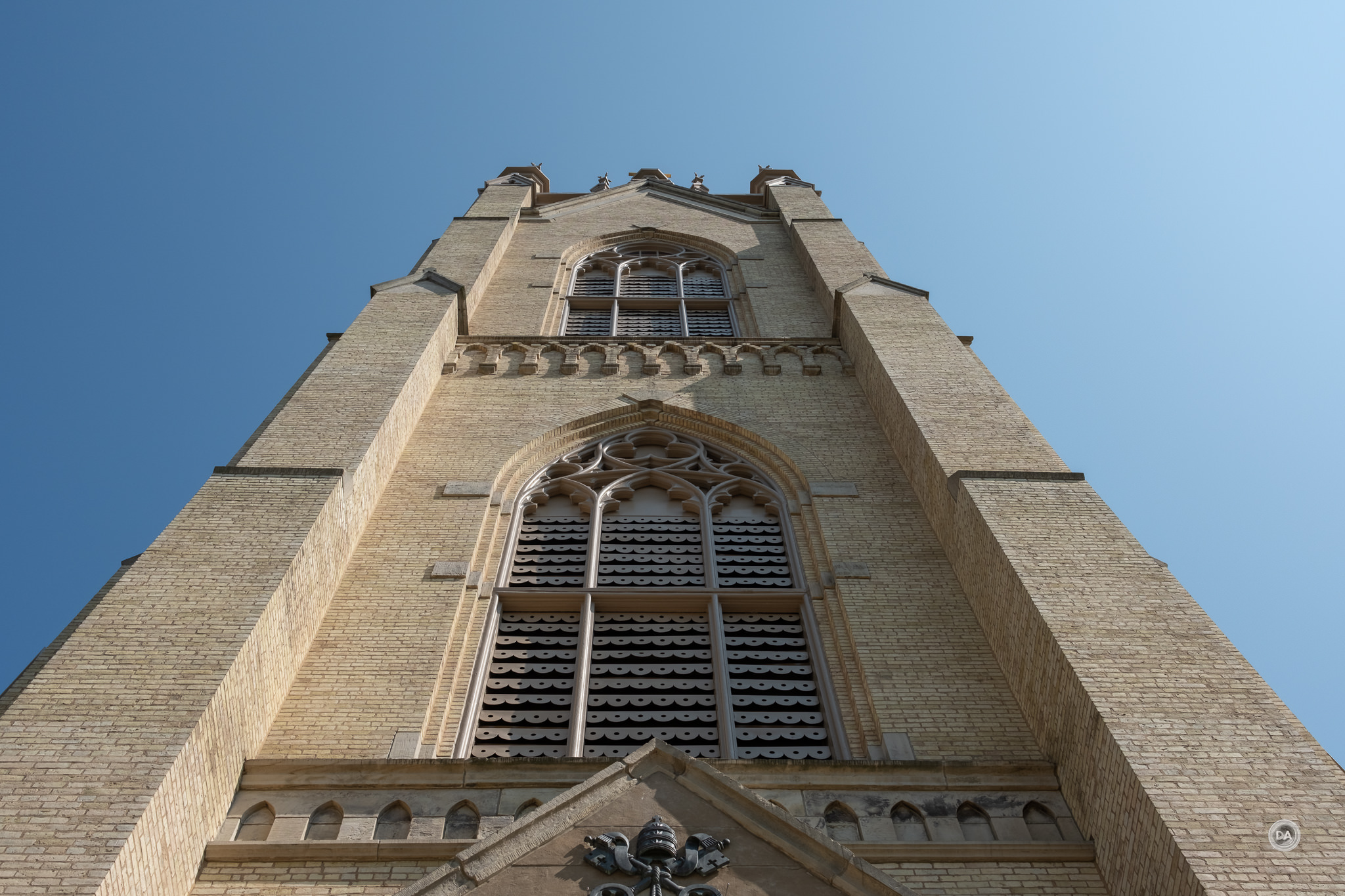
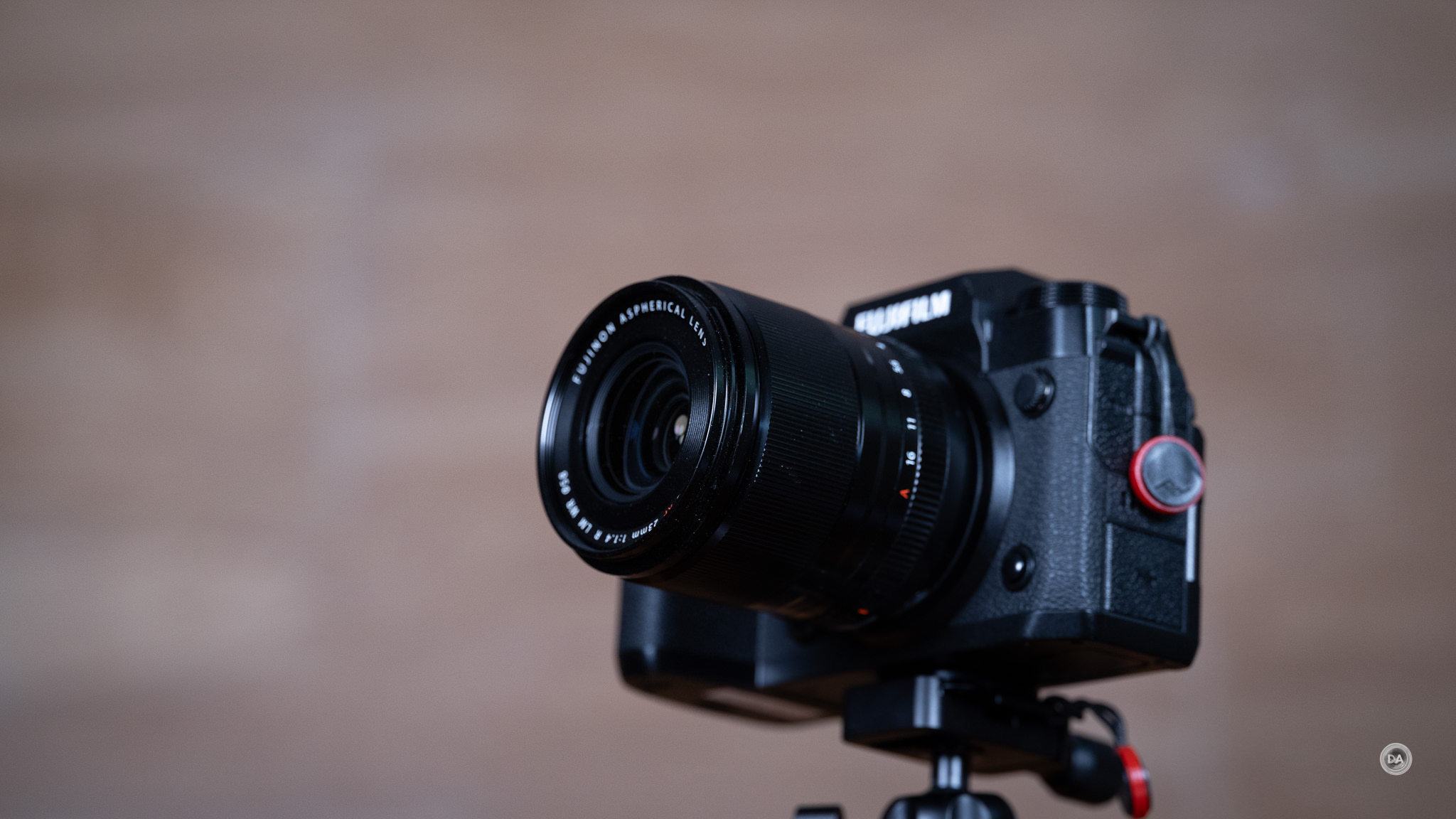

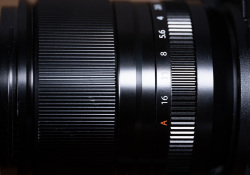

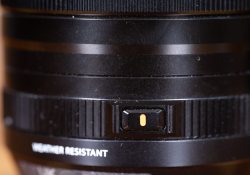




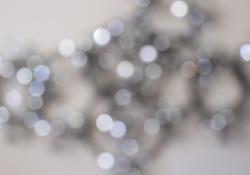
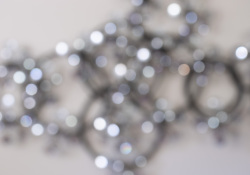

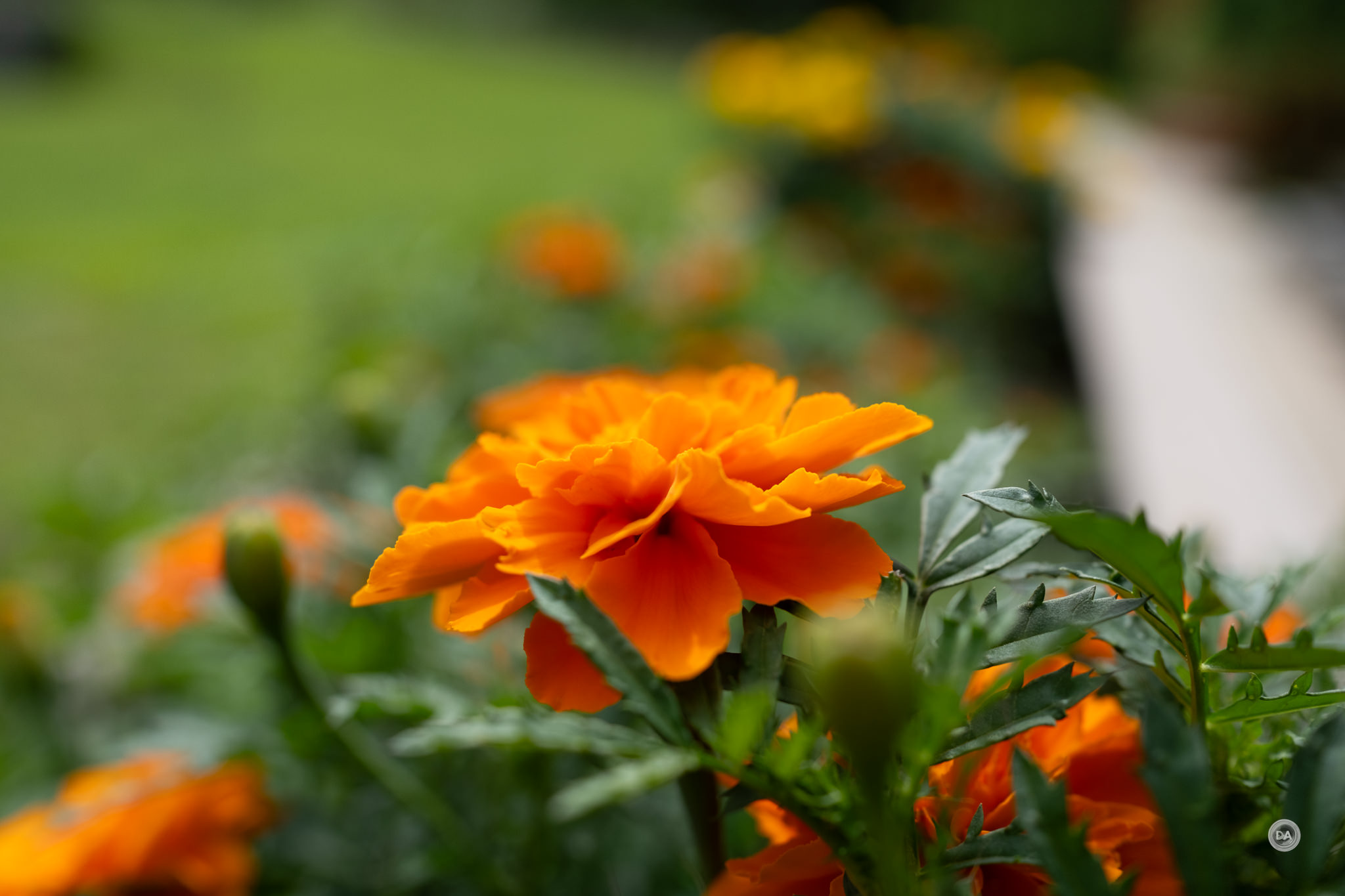
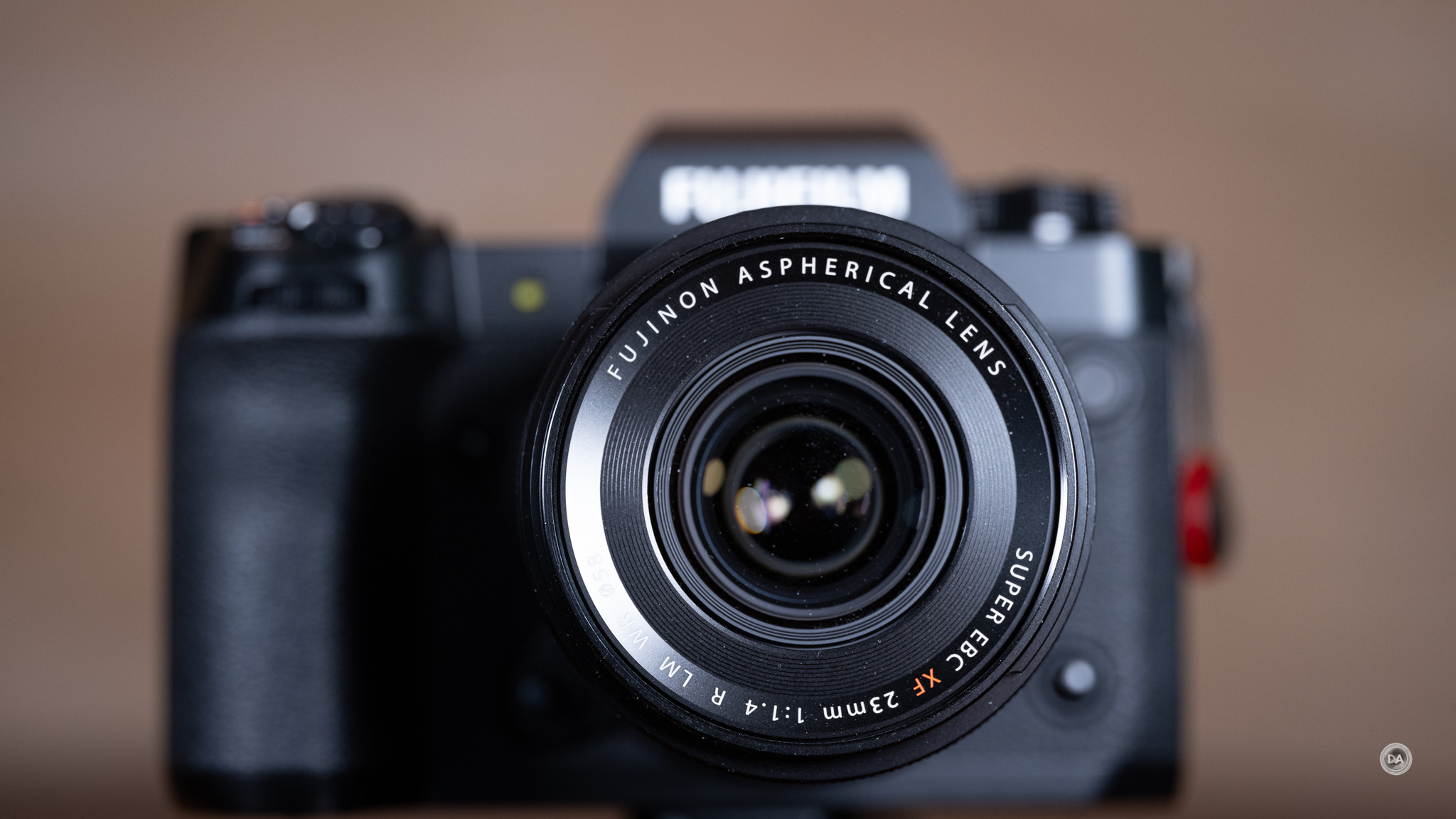


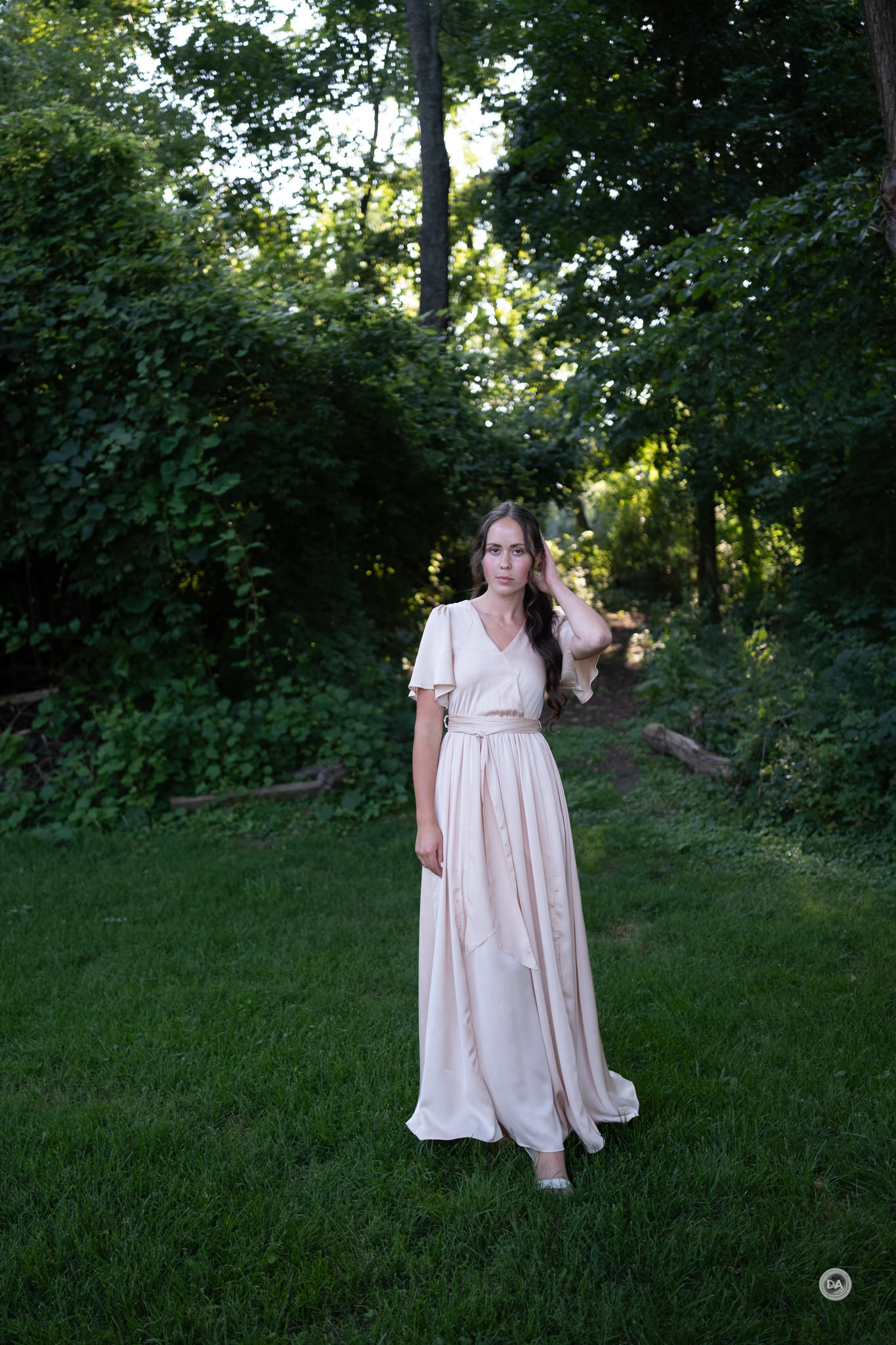
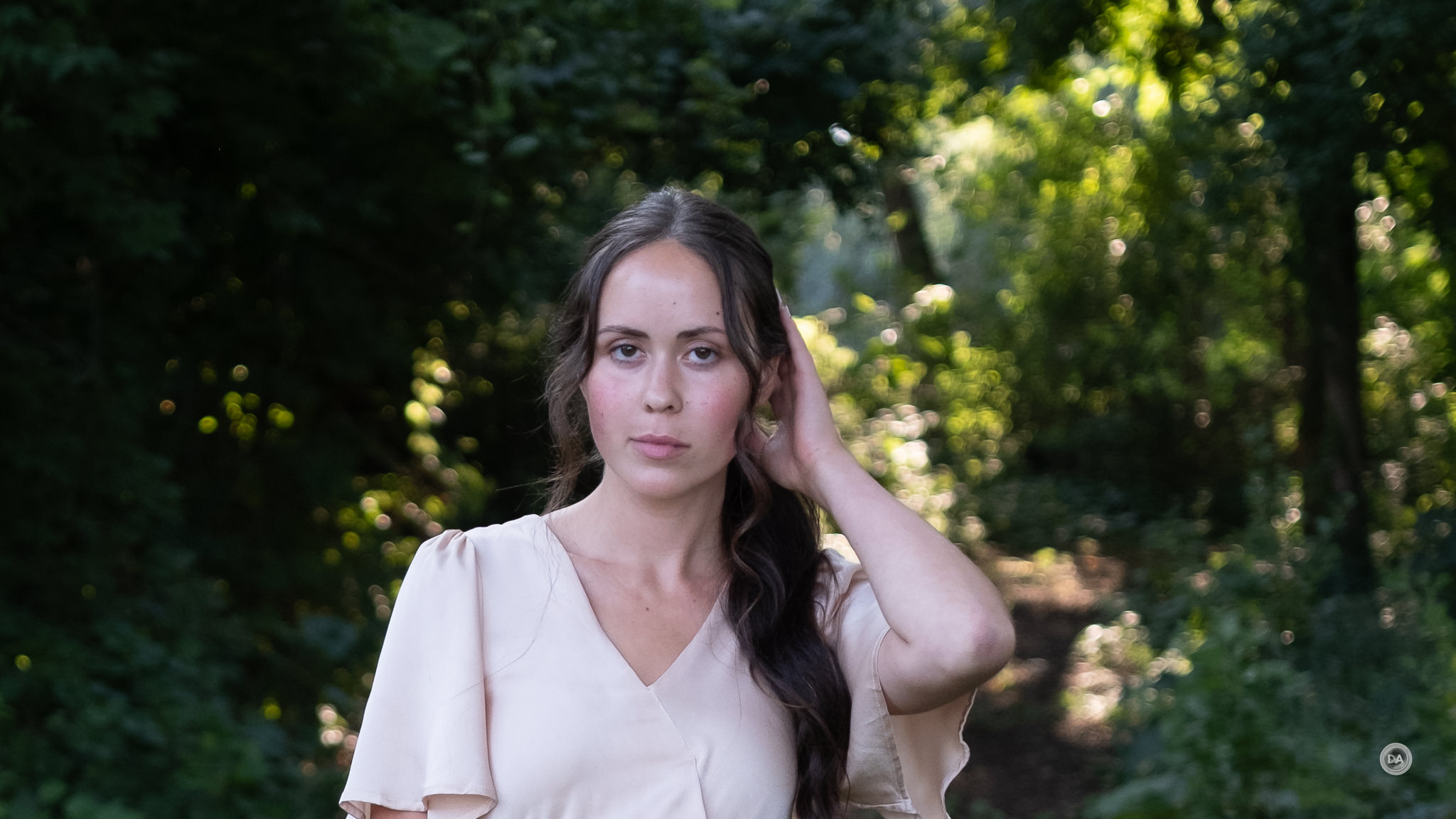



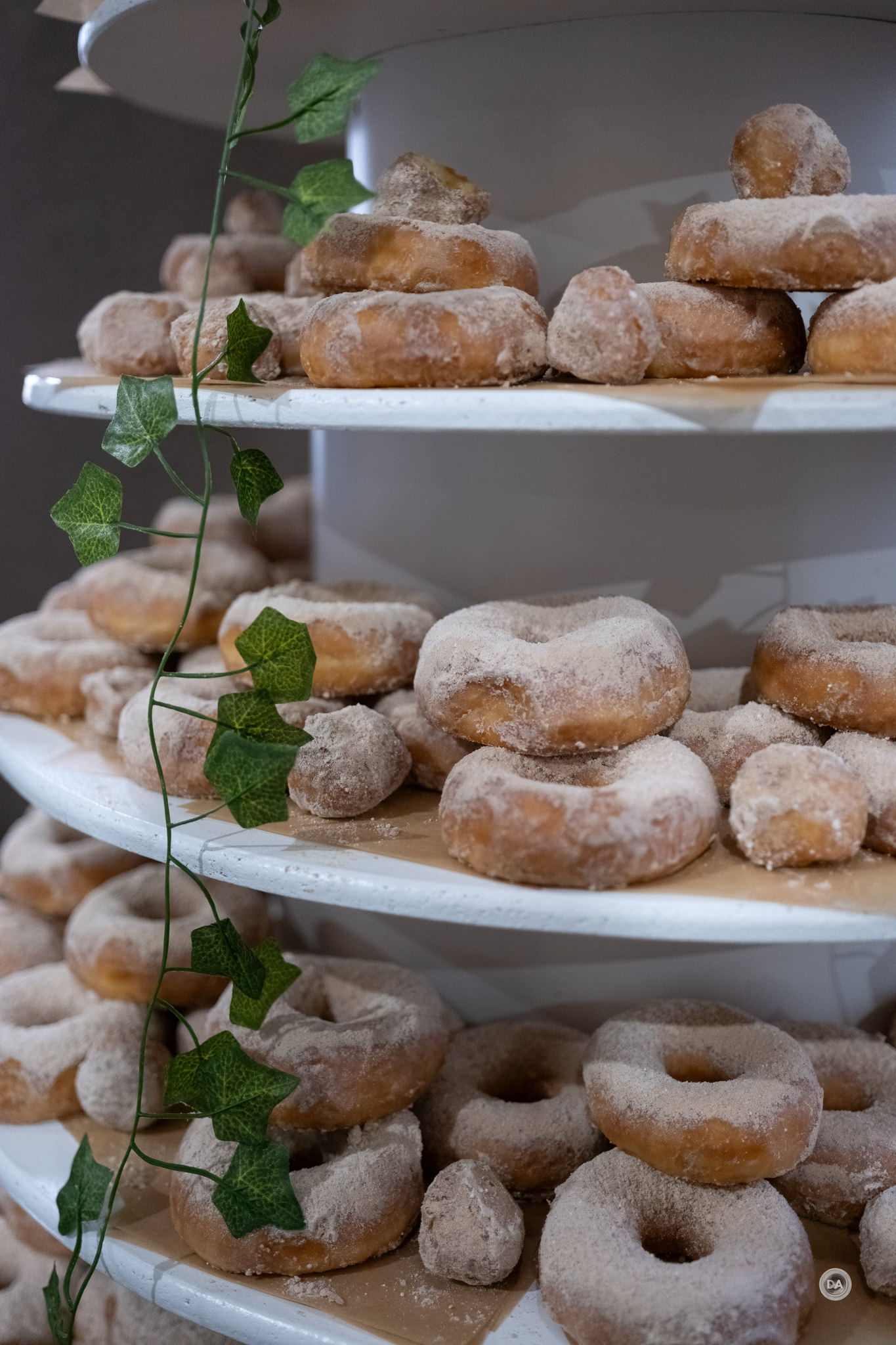

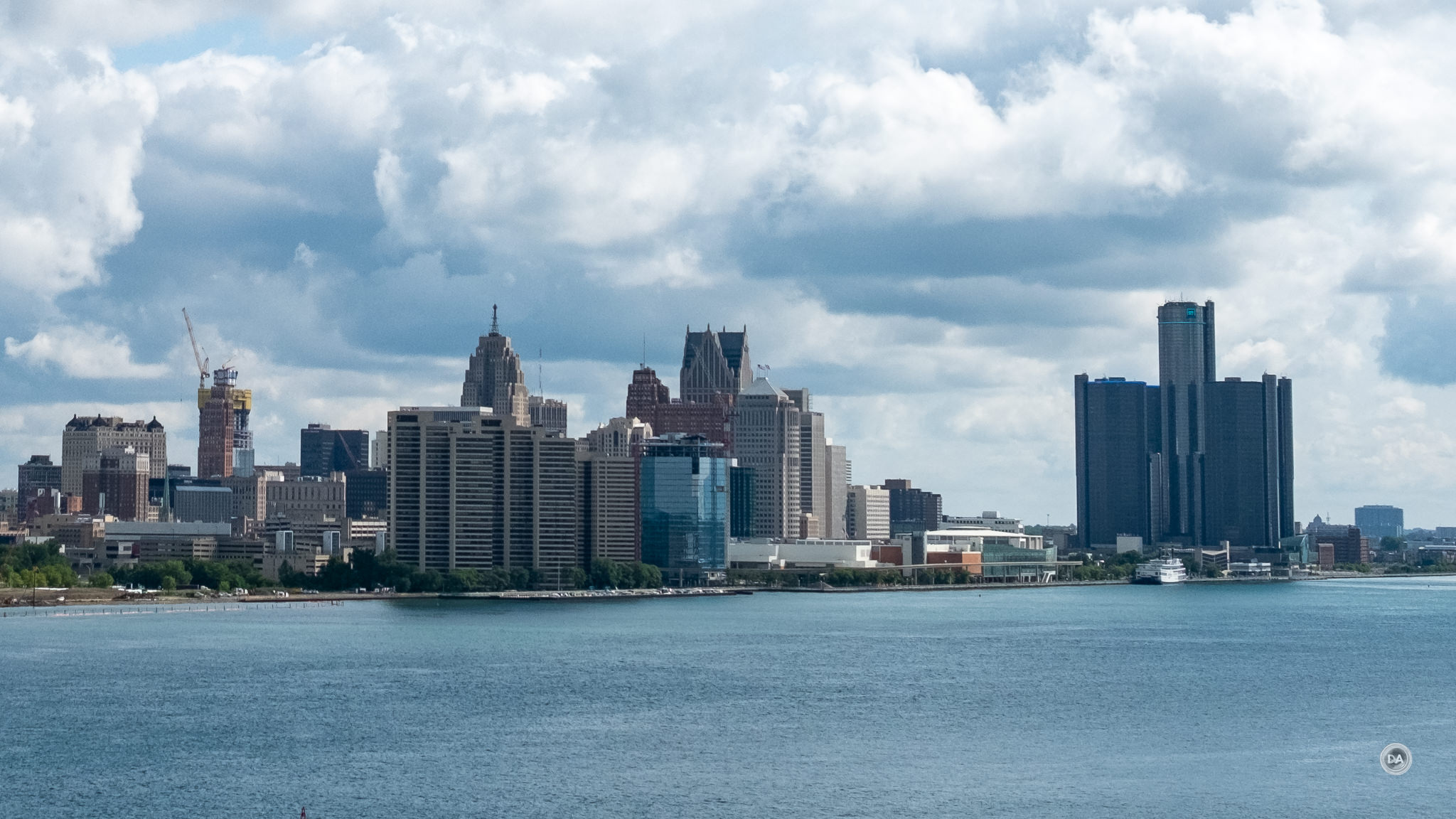


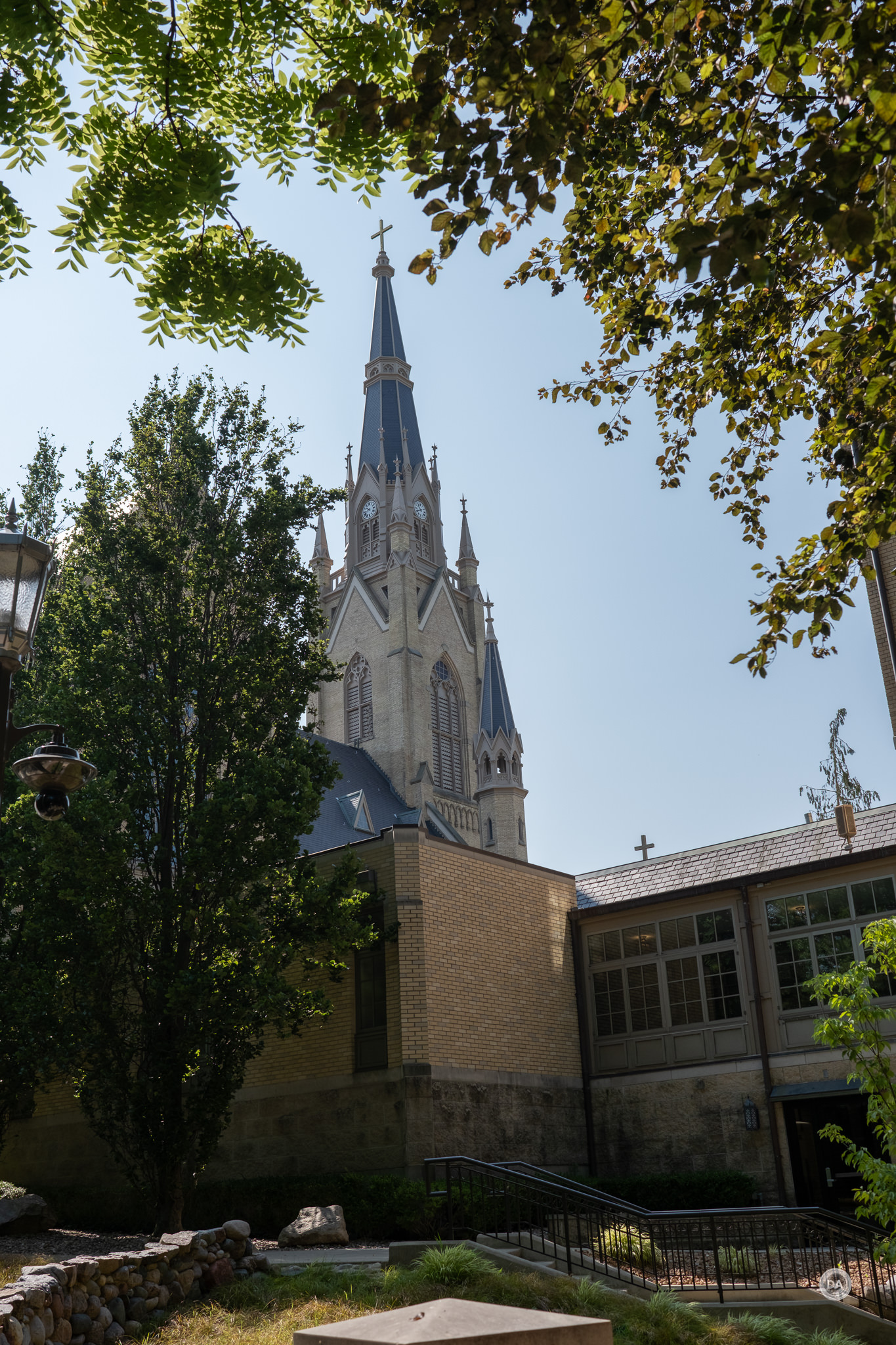

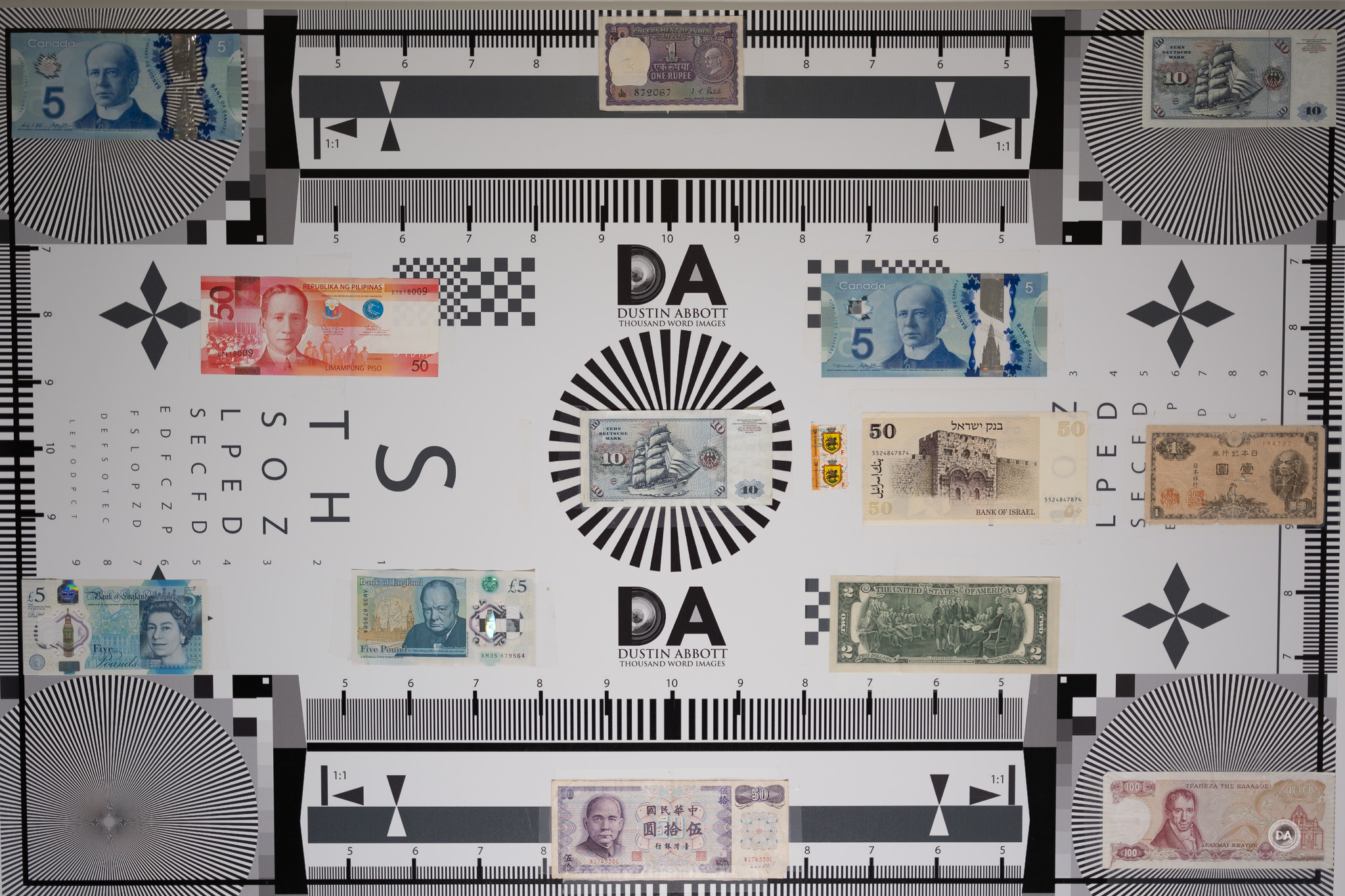
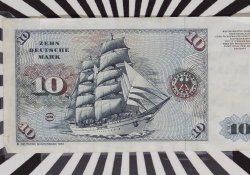
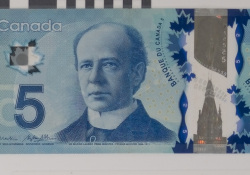
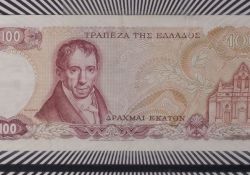
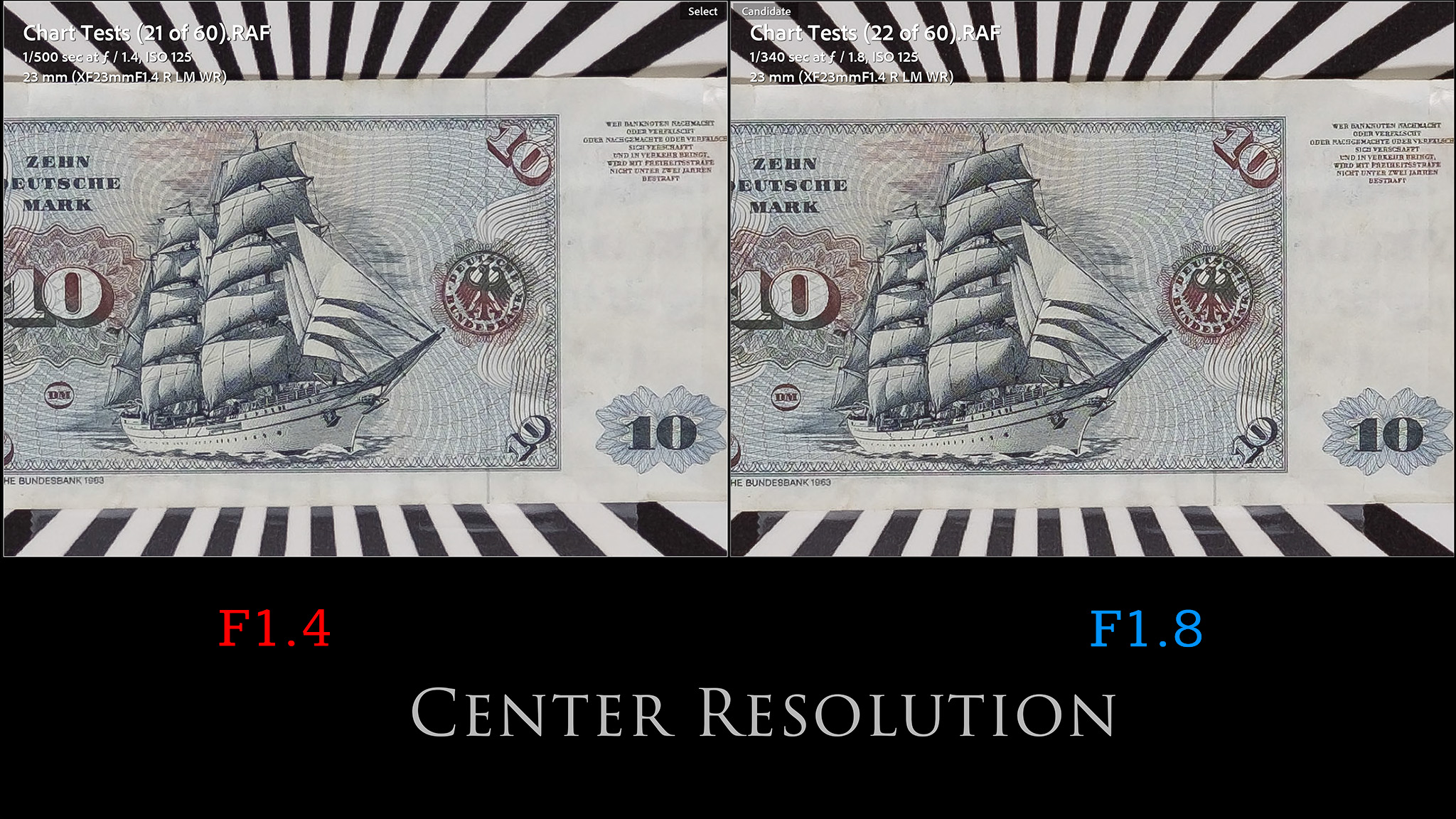
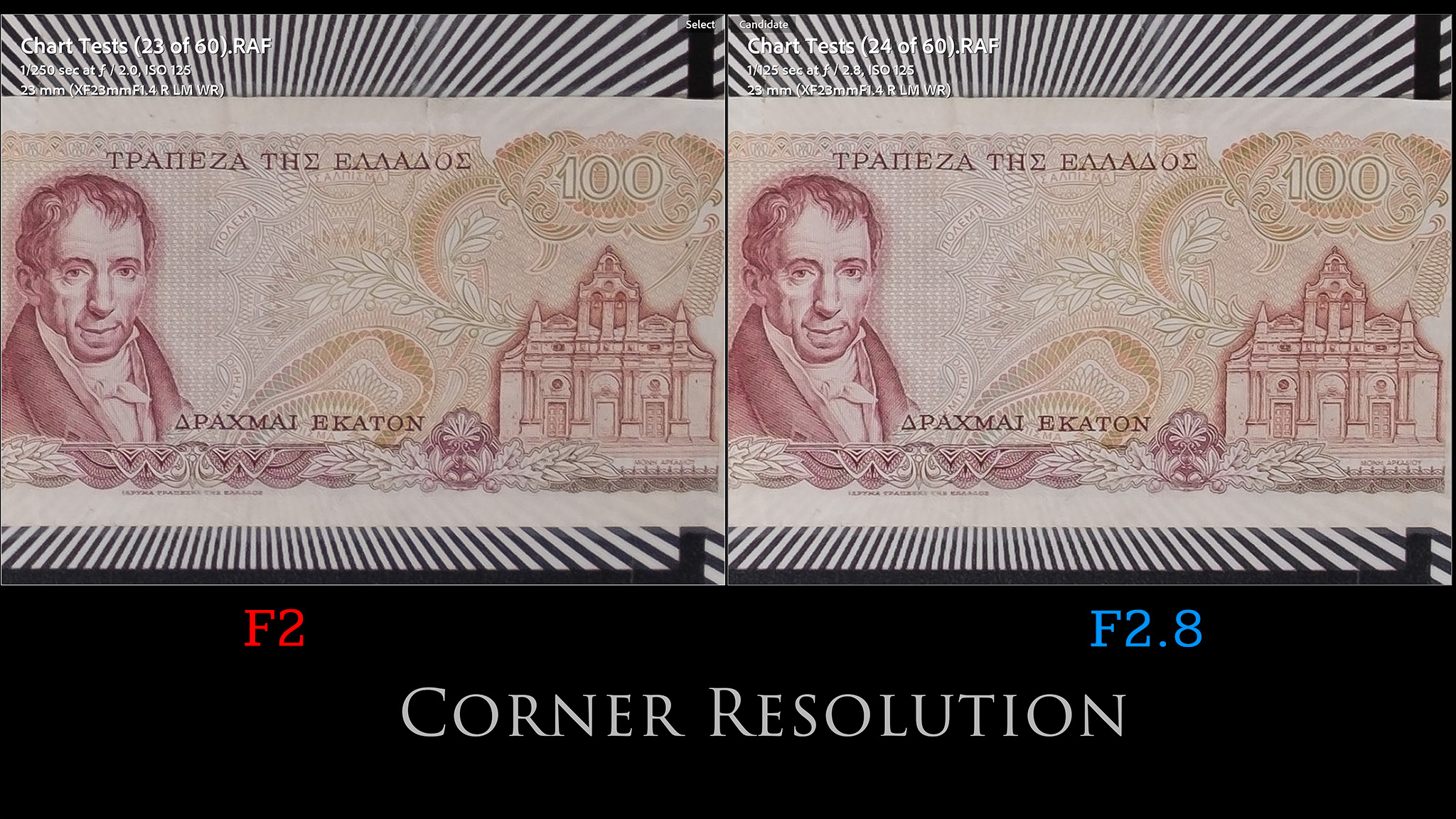
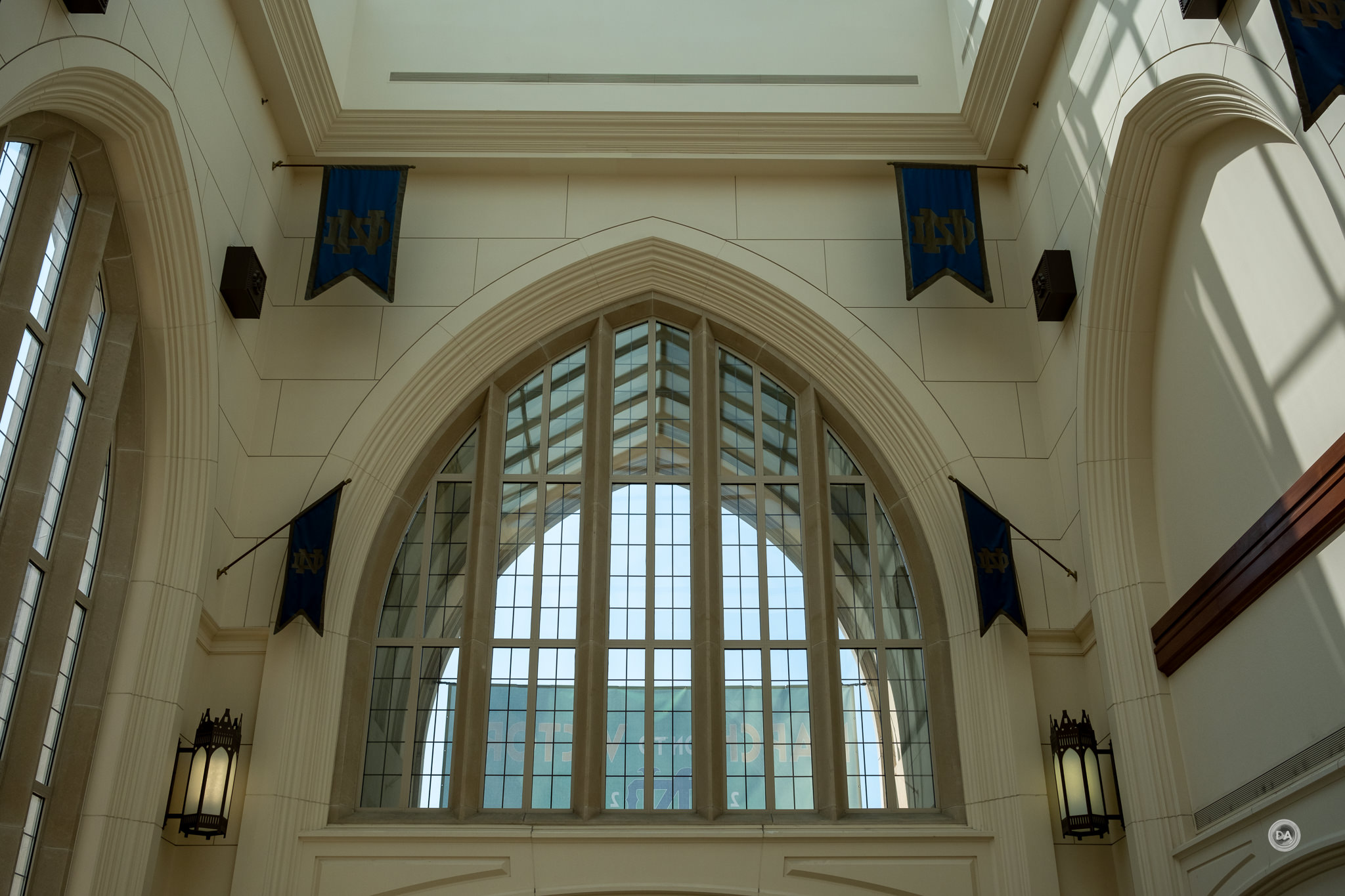
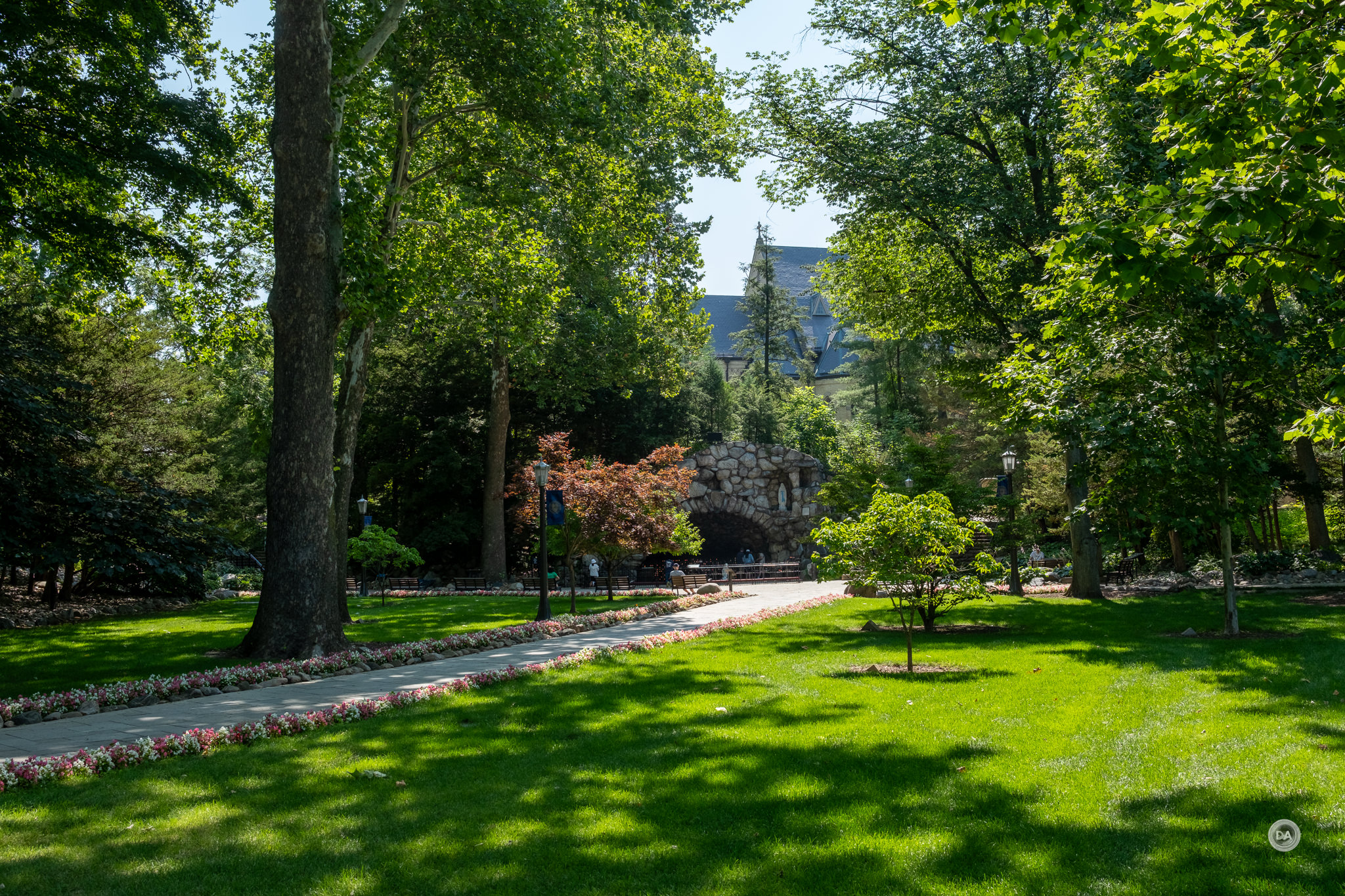
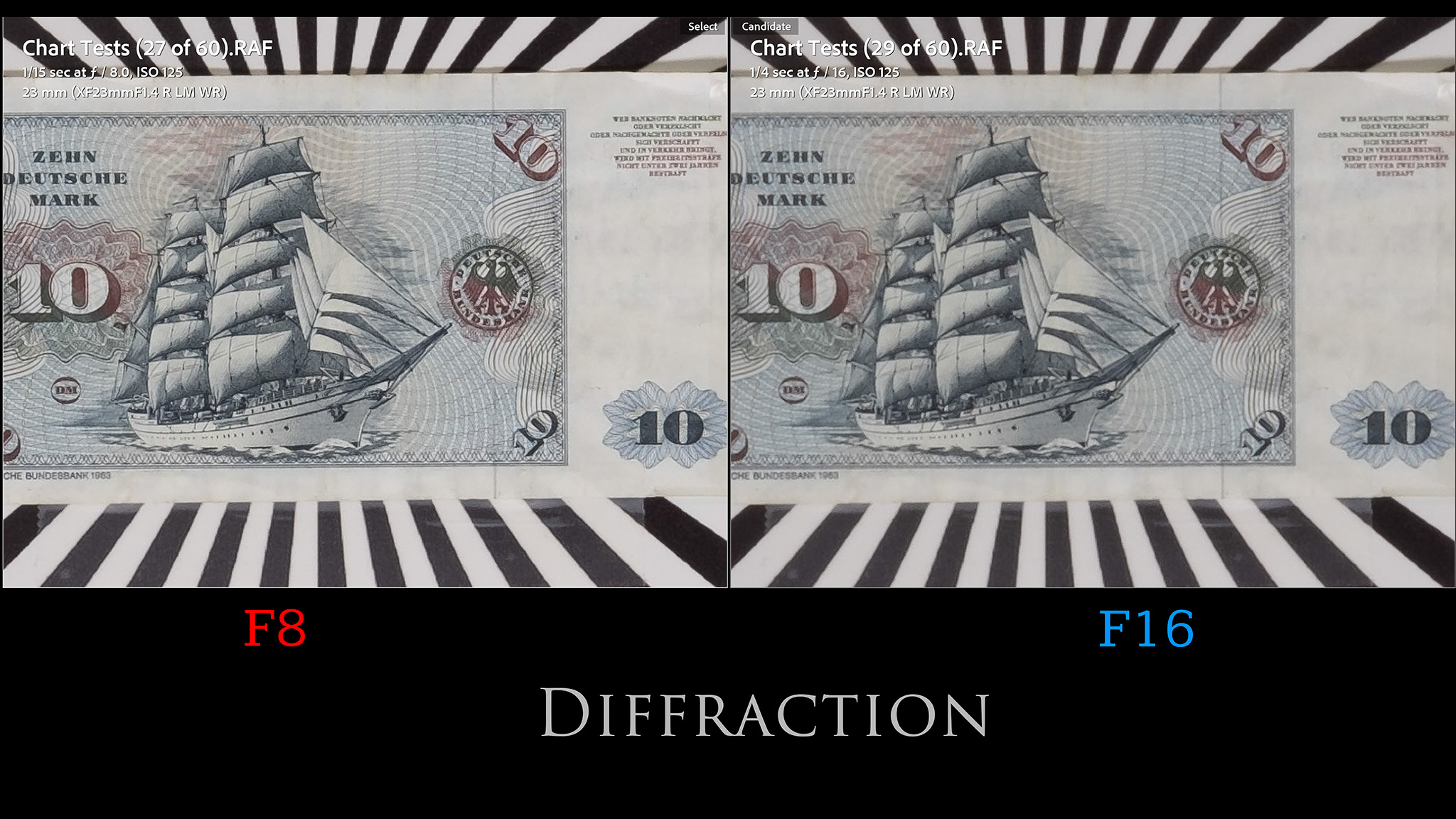
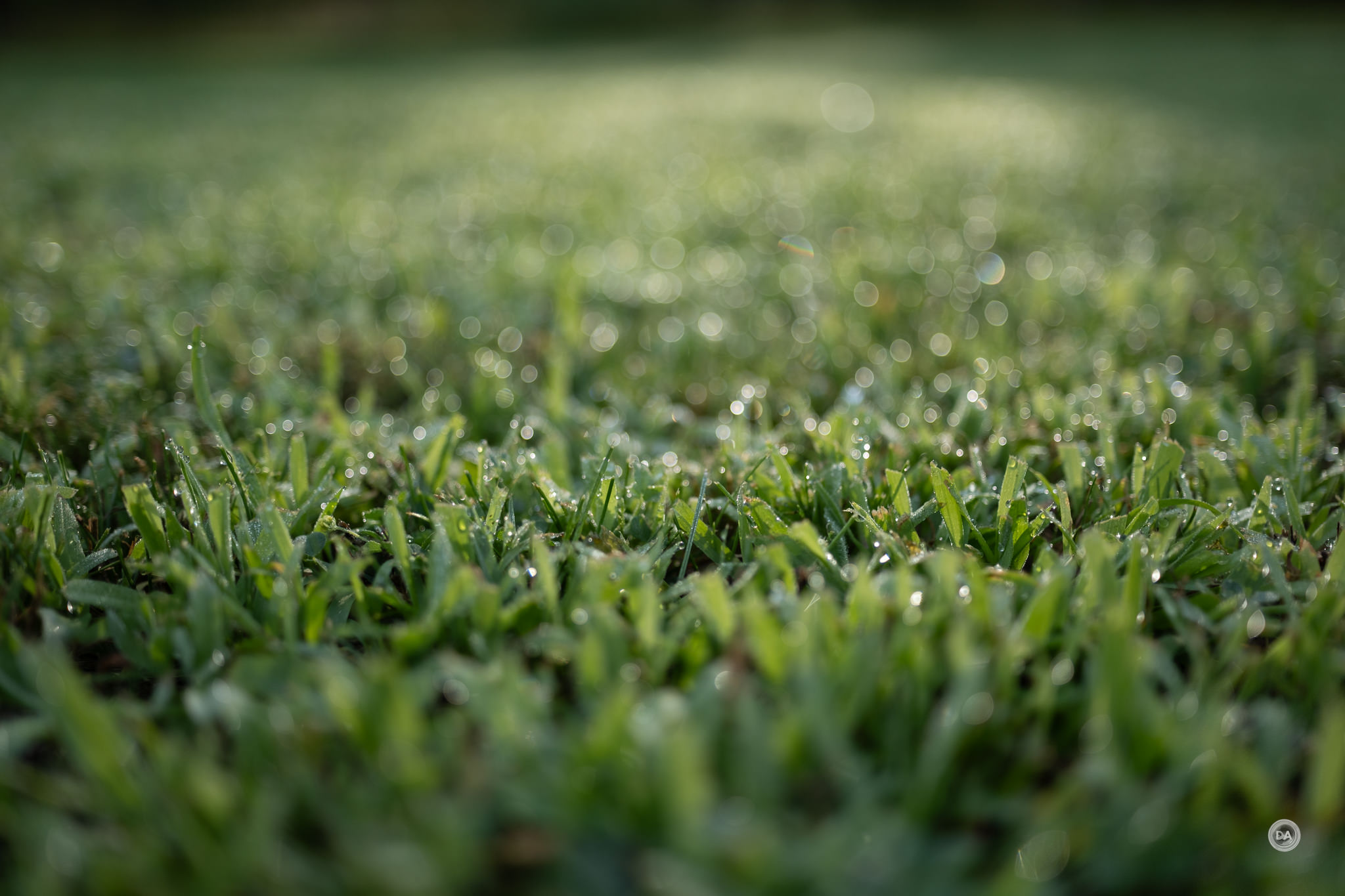
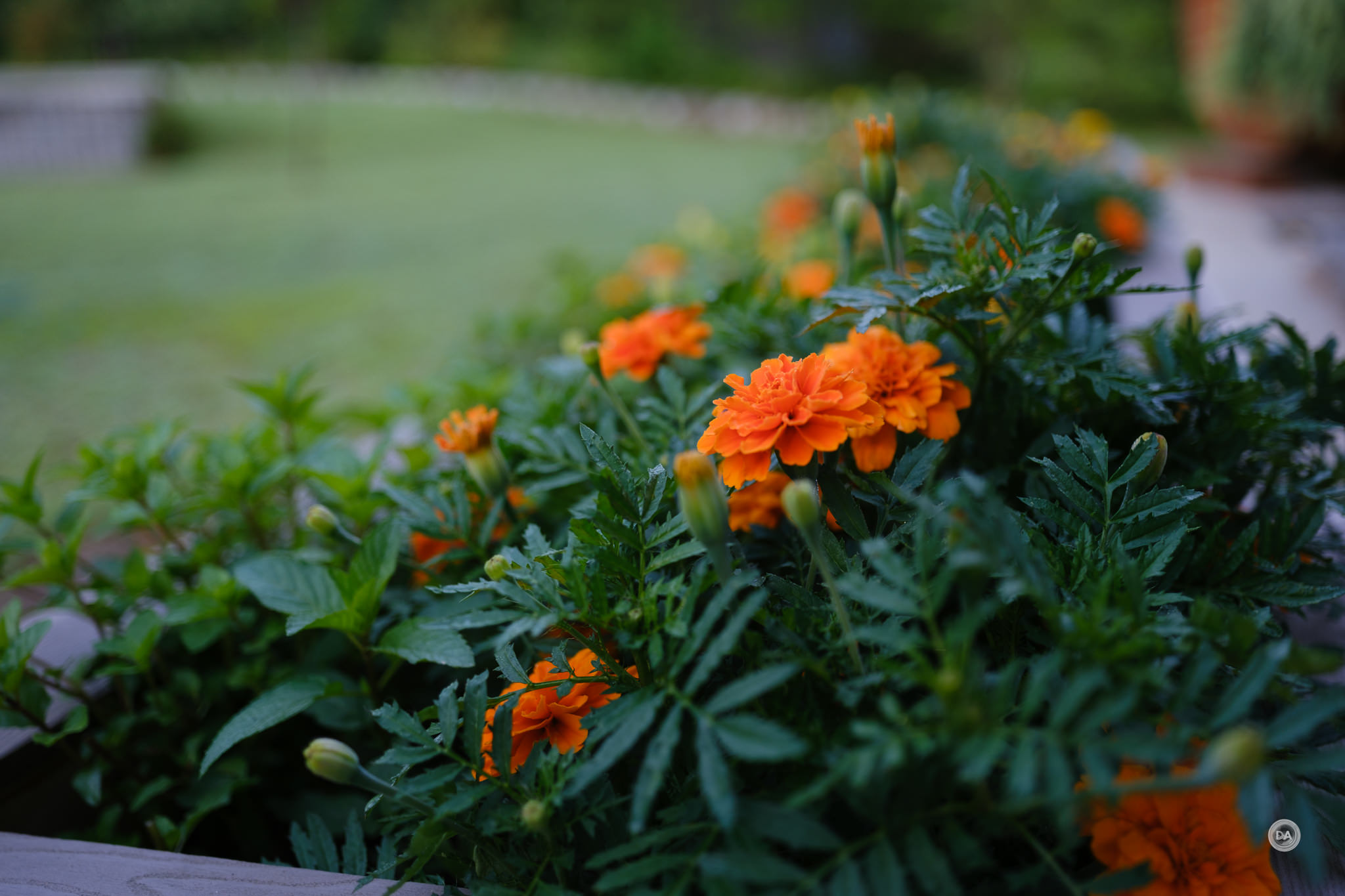

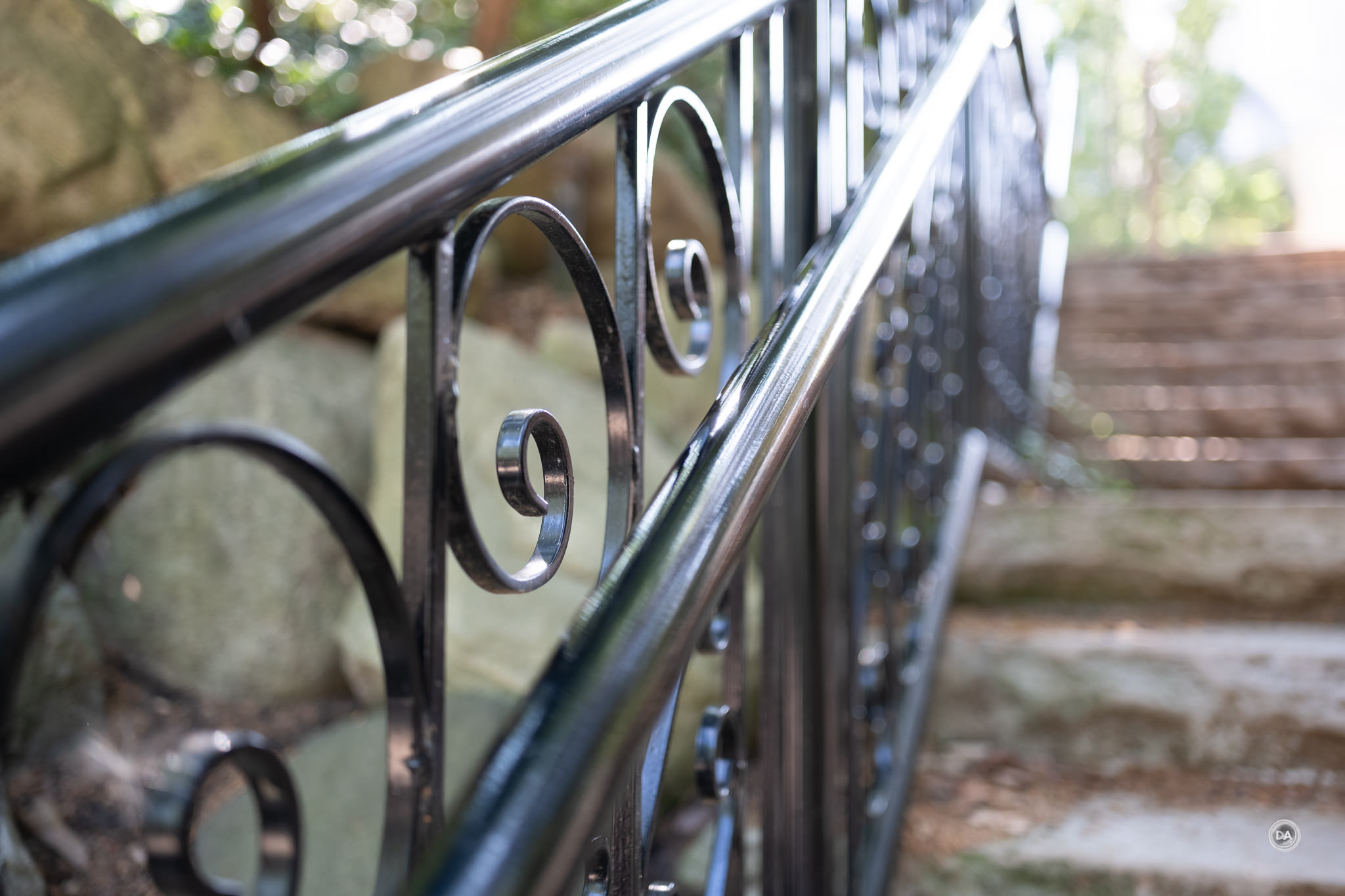


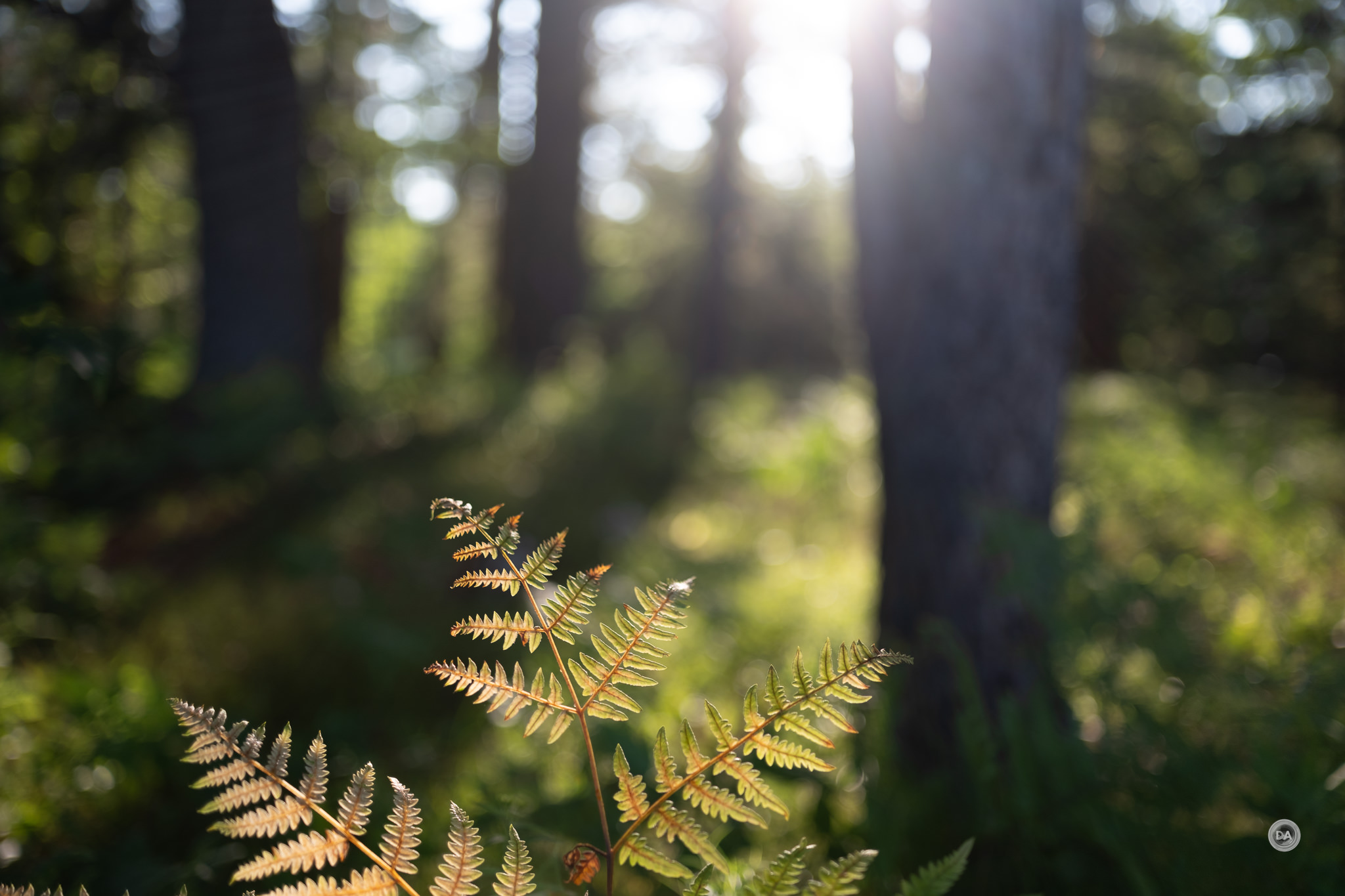
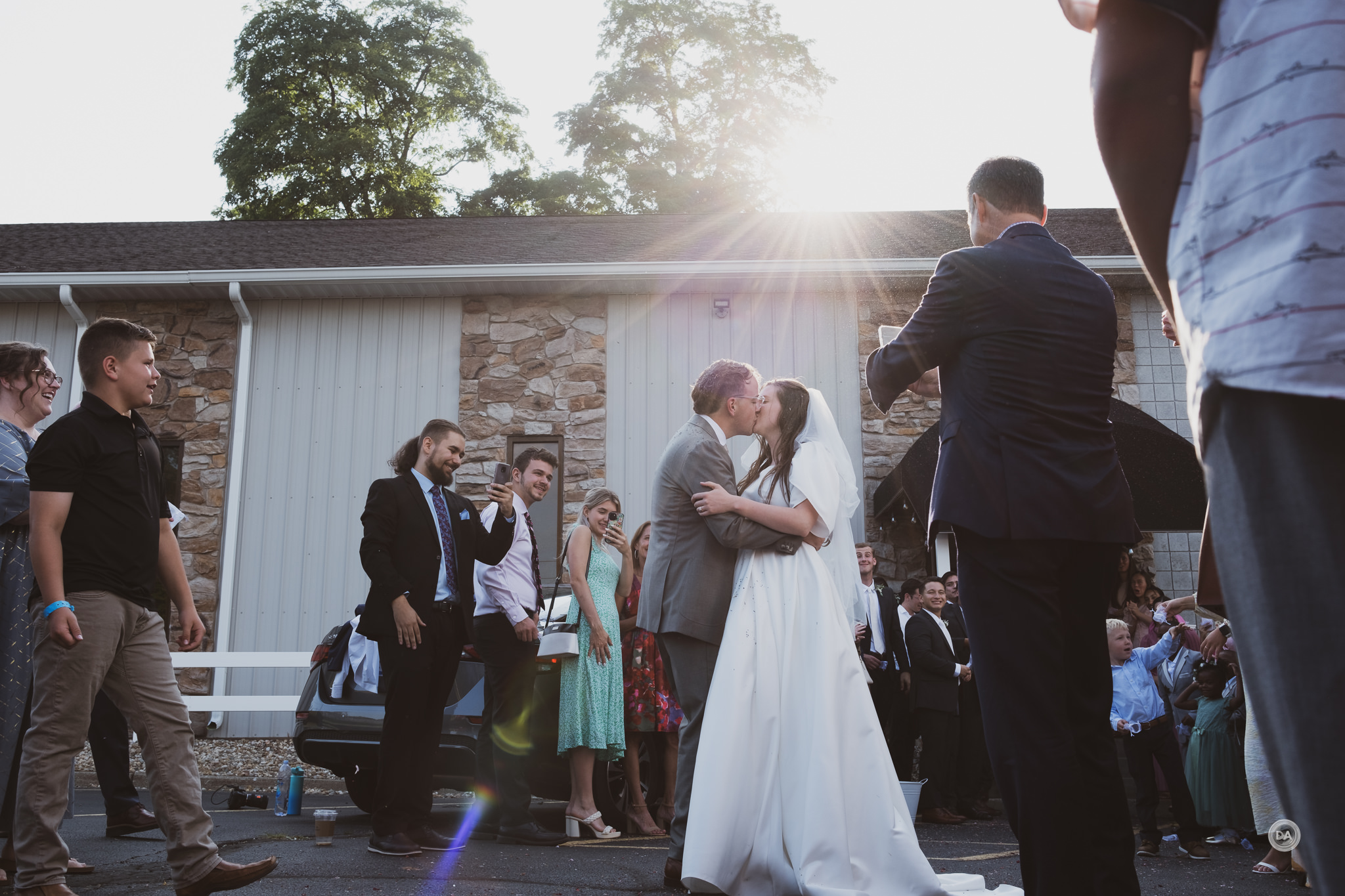

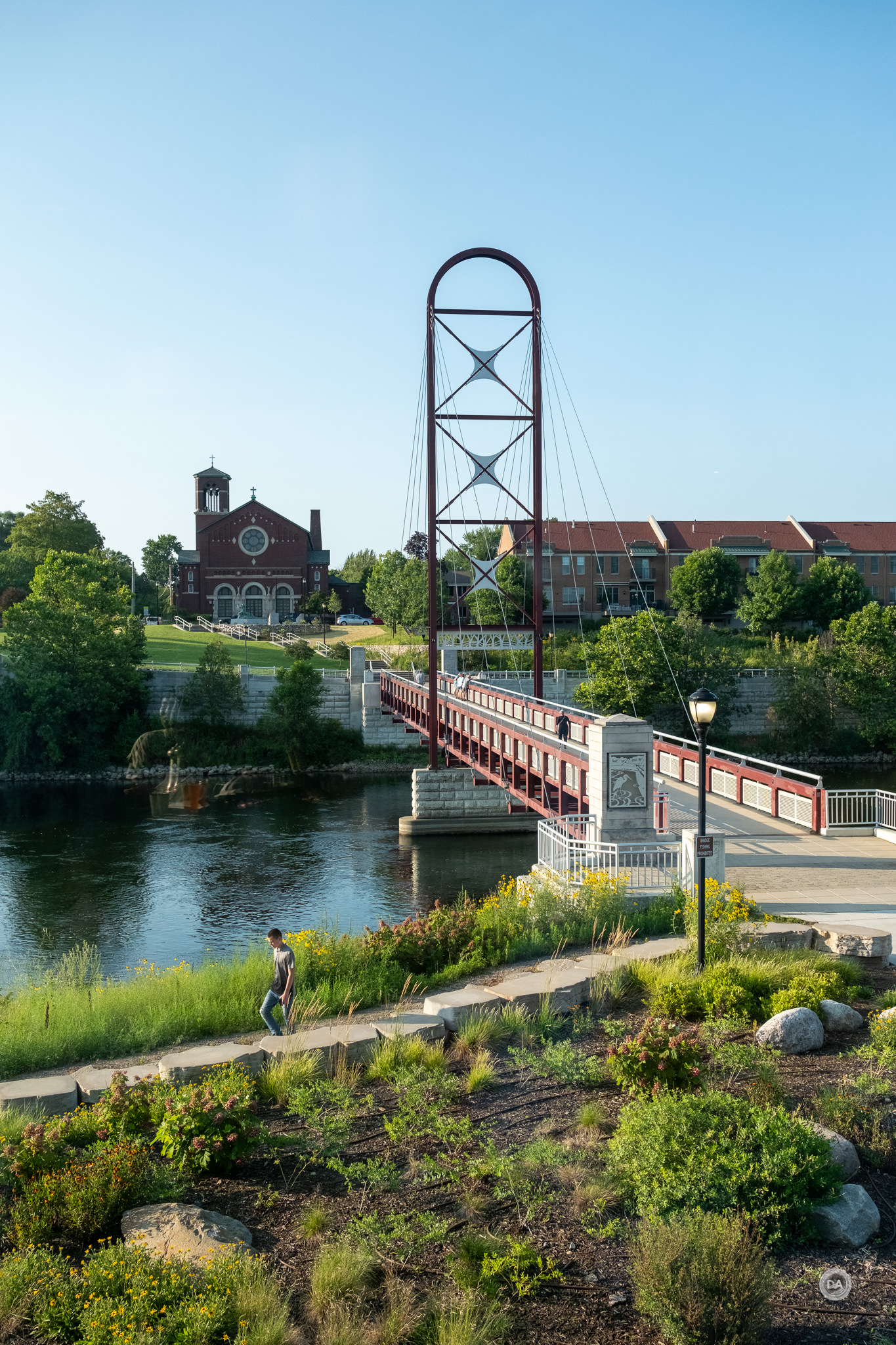
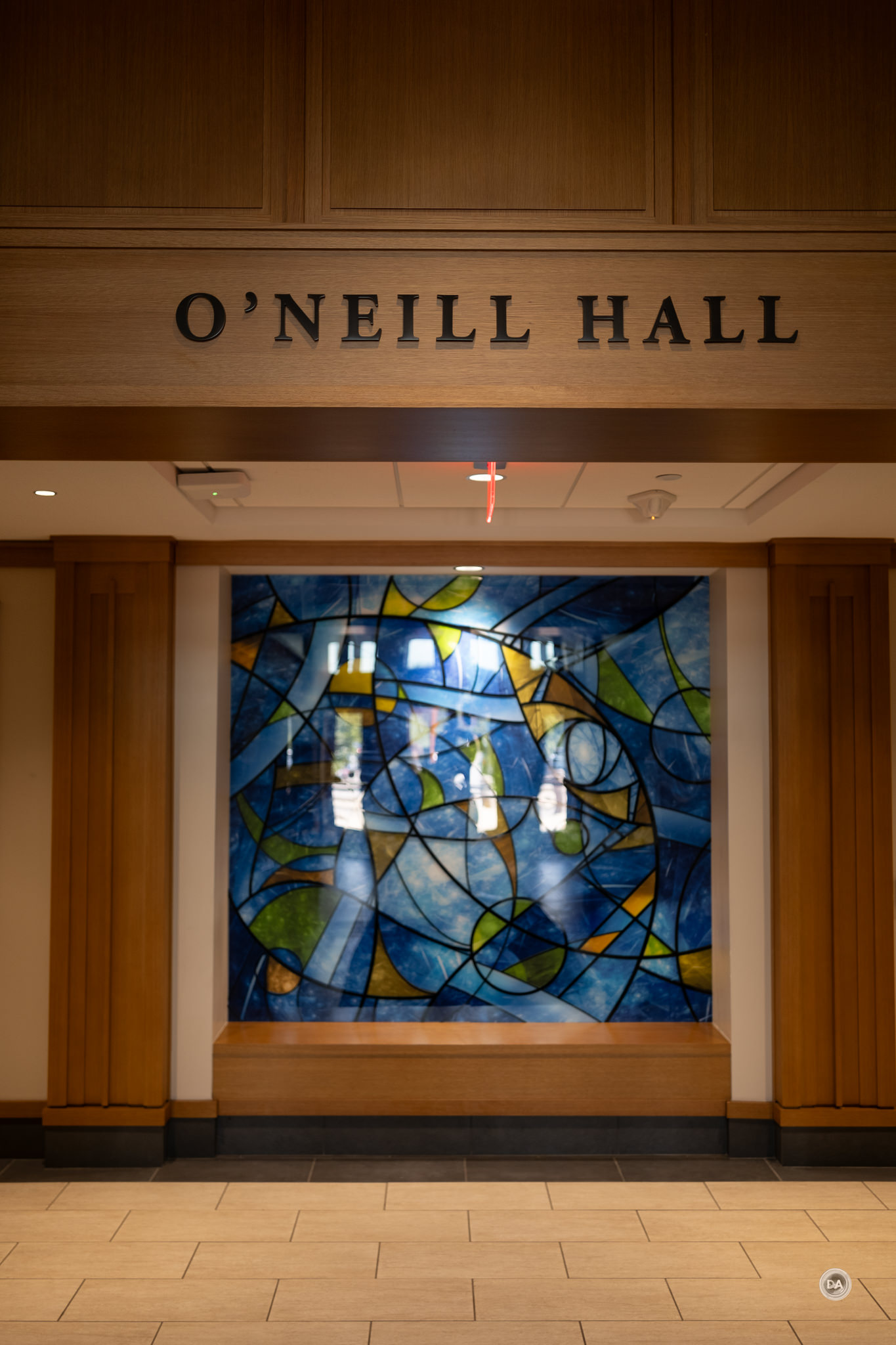


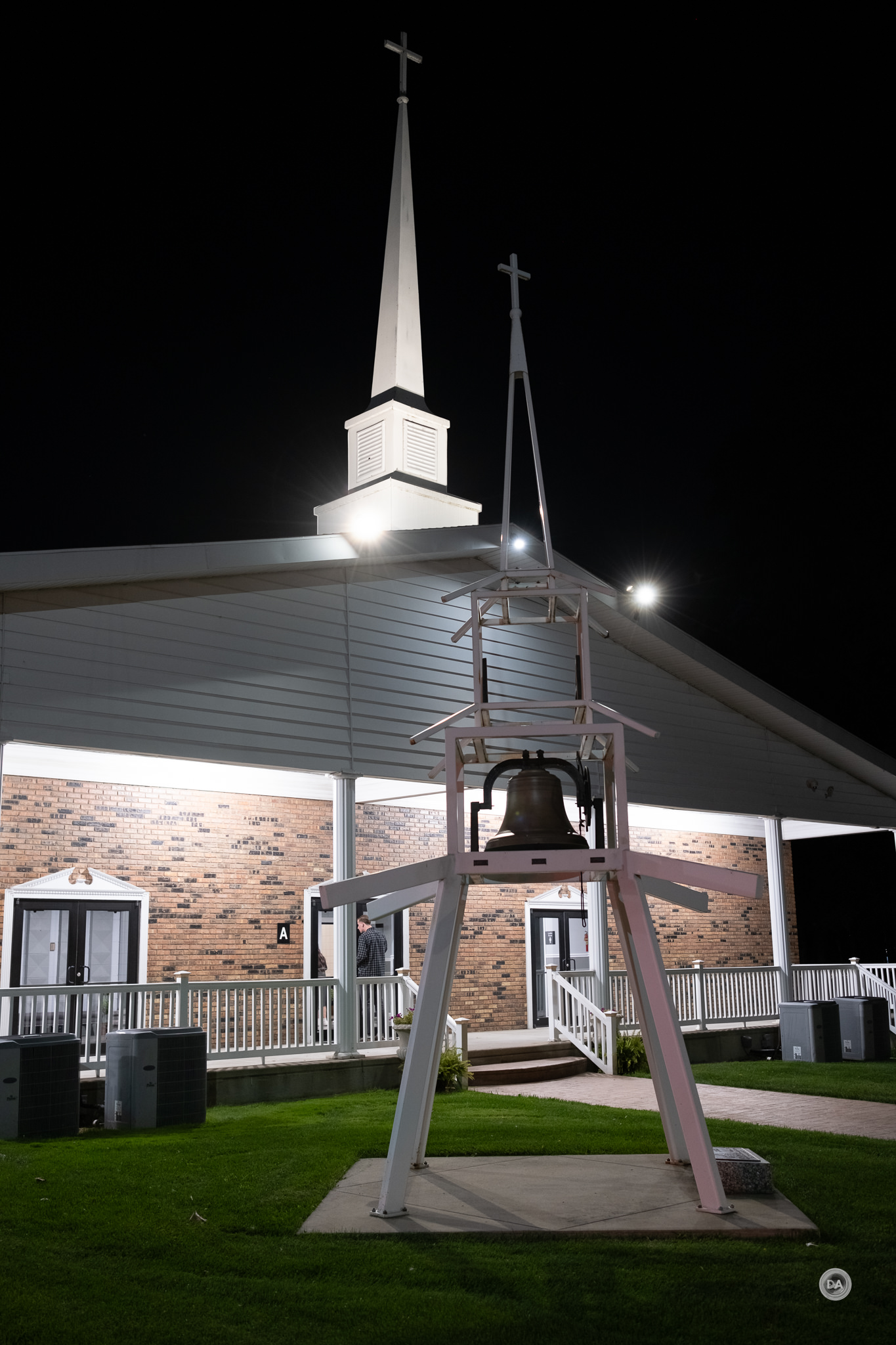


 Sirui Sniper 75mm F1.2 Review
Sirui Sniper 75mm F1.2 Review  Sirui Sniper 75mm F1.2 Gallery
Sirui Sniper 75mm F1.2 Gallery  Tamron 70-300mm F4.5-6.3 RXD Z-mount Review
Tamron 70-300mm F4.5-6.3 RXD Z-mount Review  Nikkor Z 40mm F2 Review
Nikkor Z 40mm F2 Review 





